#Wabanki Canoe
Explore tagged Tumblr posts
Text
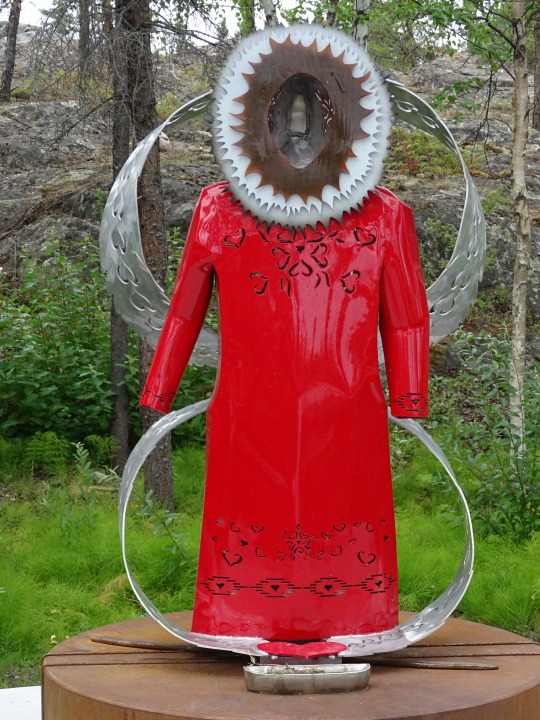
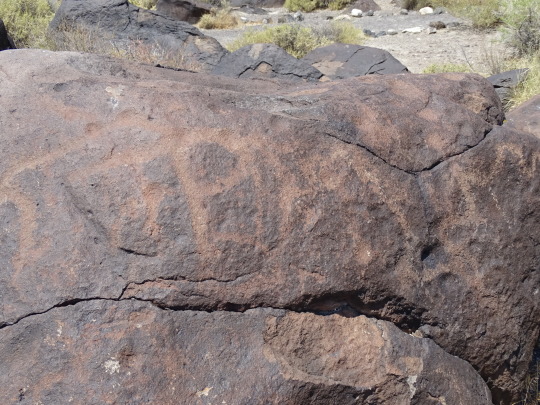
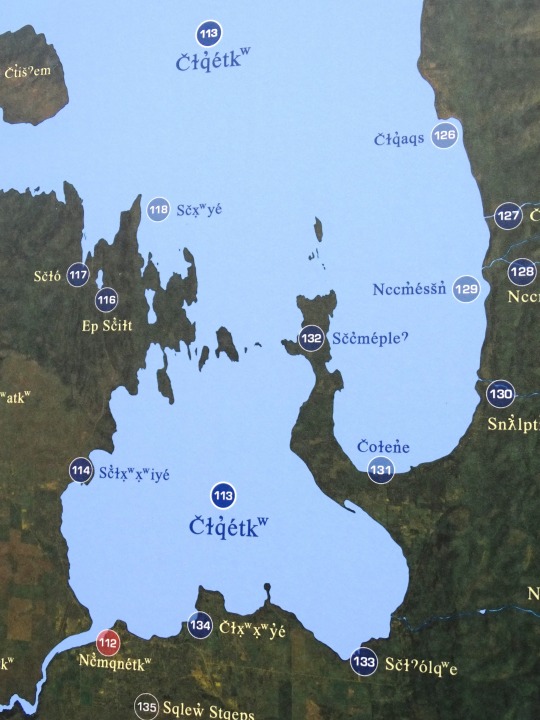
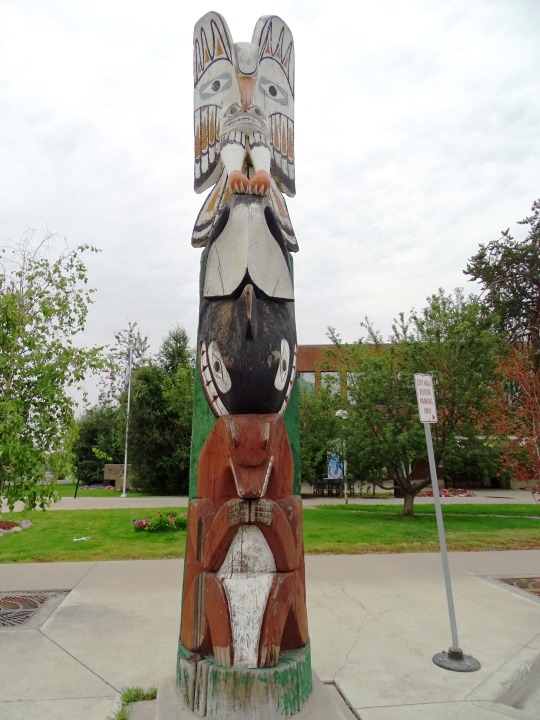
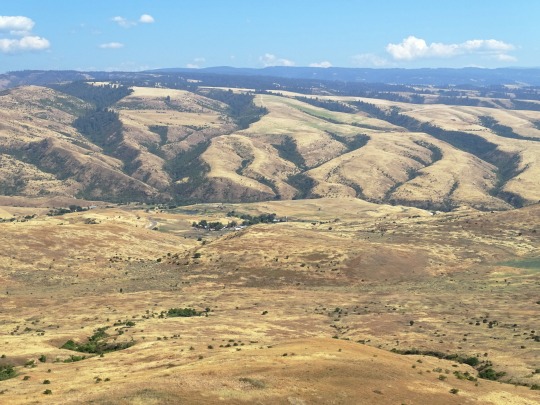
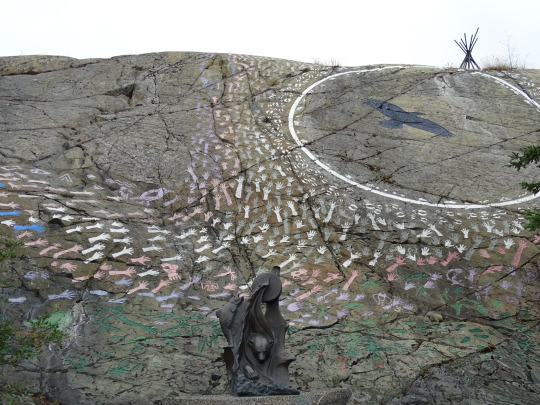
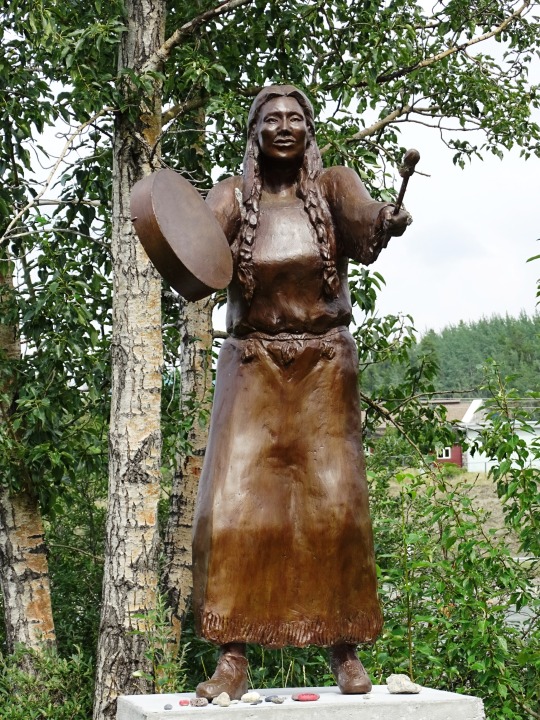
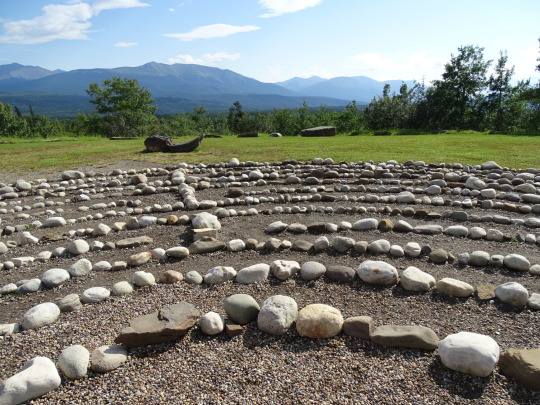
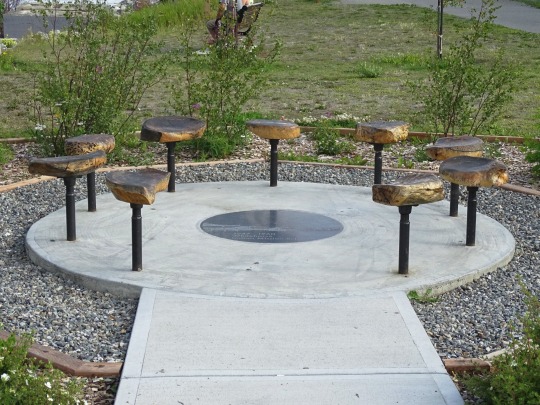
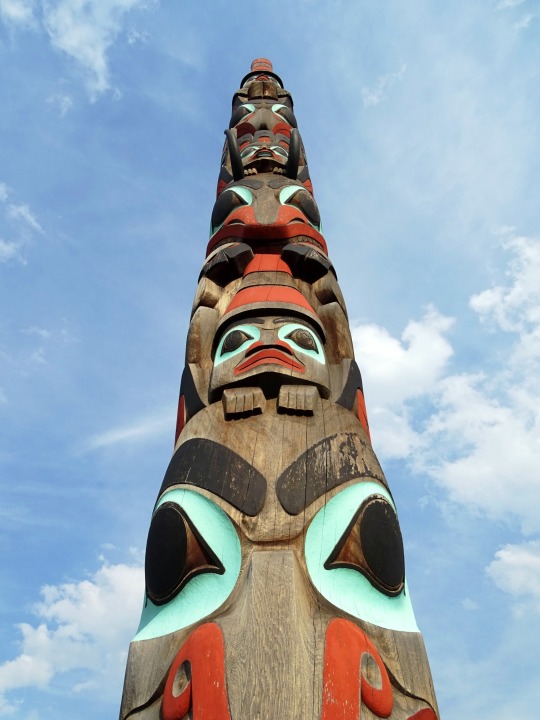

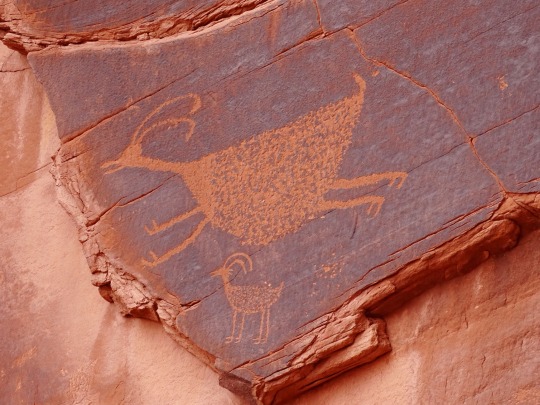

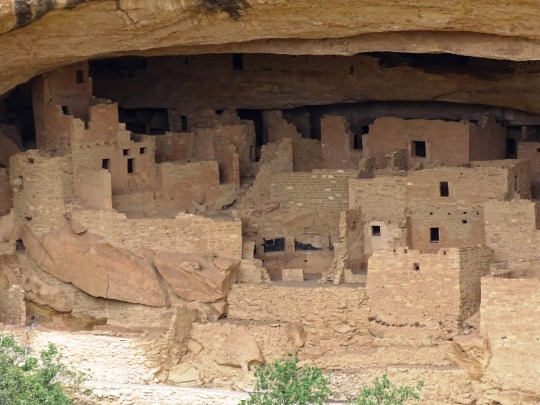
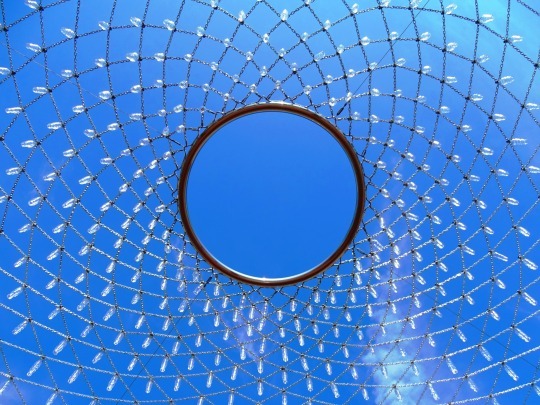
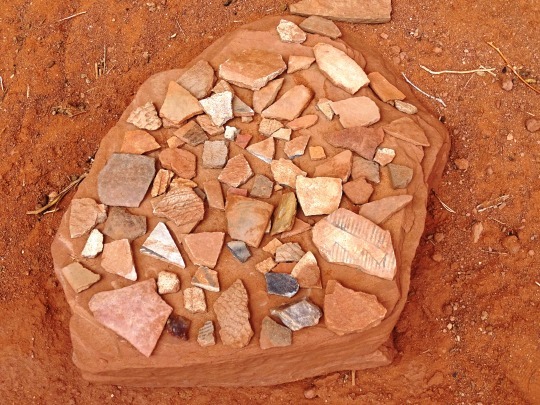
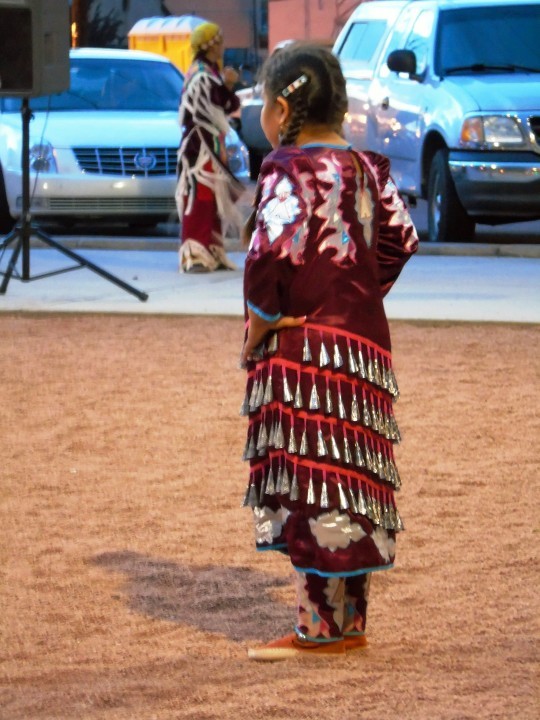
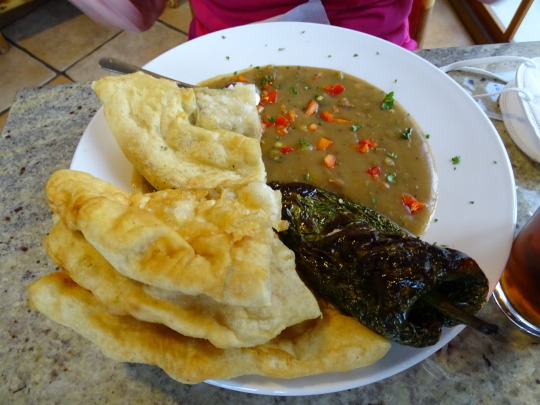
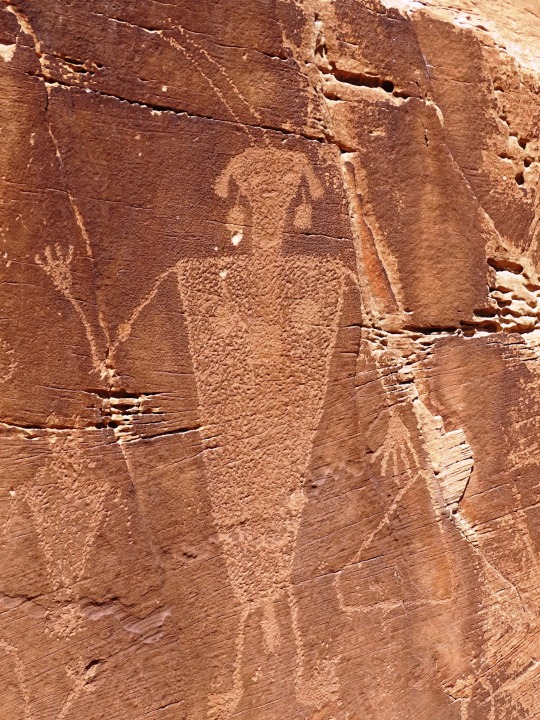
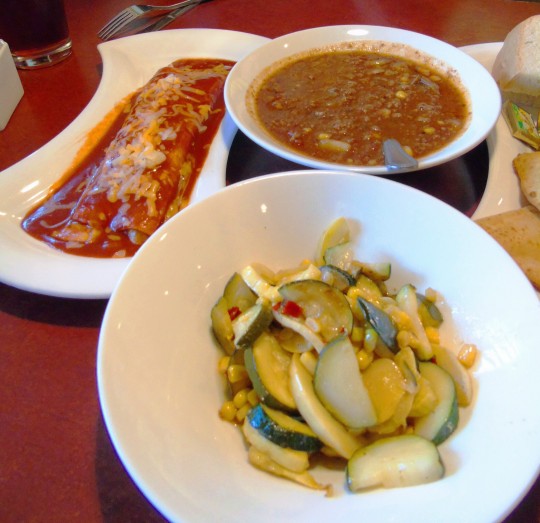
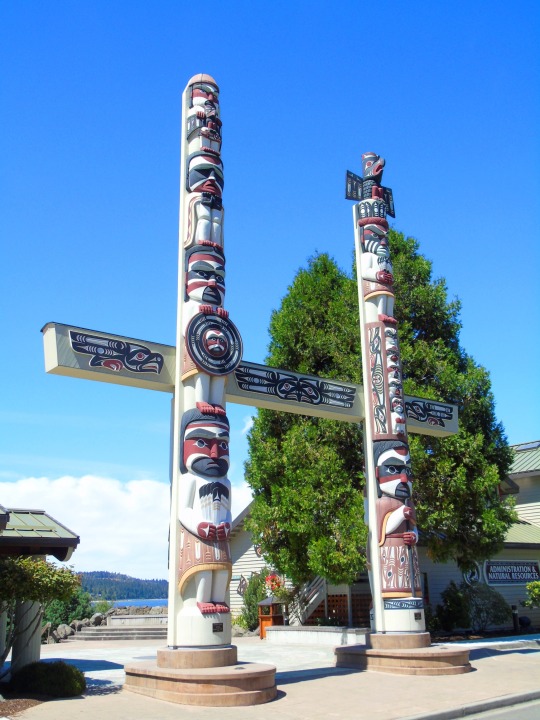
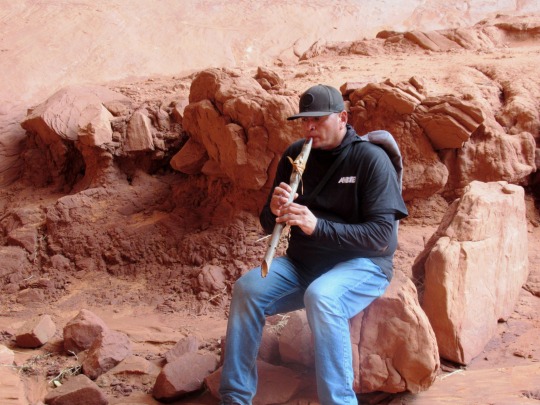
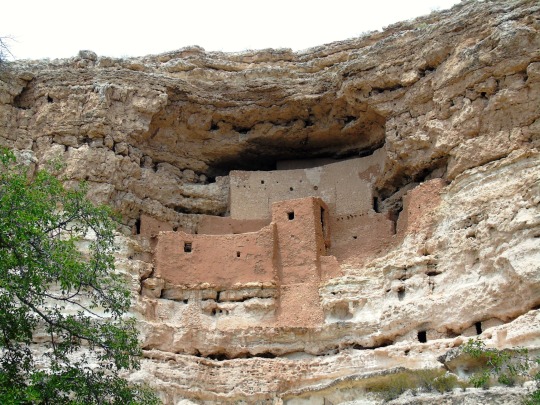
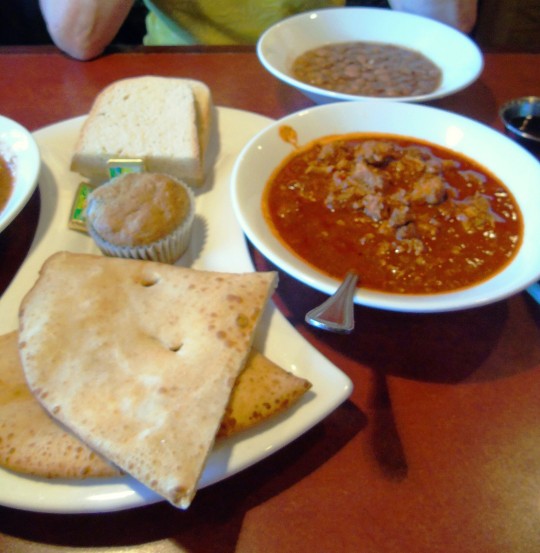
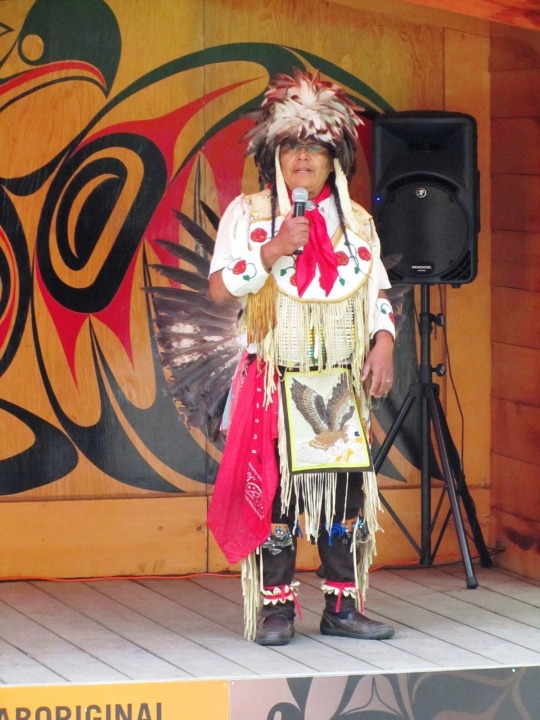
National Day of Mourning
The National Day of Mourning takes place on the fourth Thursday of November, this year it’s on November 28. If this date sounds familiar to you, it’s because the fourth Thursday of November also coincides with Thanksgiving in the U.S. Every year on the National Day of Mourning, Native American people in New England gather together to protest. To them, Thanksgiving serves as a reminder of the unjust treatment that Native Americans have received since the 1620 Plymouth landing.
History of National Day of Mourning
The National Day of Mourning reminds us all that Thanksgiving is only part of the story. Native Americans, since 1970, have gathered at noon on Cole’s Hill in Plymouth, Massachusetts, to commemorate a National Day of Mourning on Thanksgiving Day.
Pilgrims landed in Plymouth and established the first colony in 1620. As such, it’s the oldest municipality in New England. Many Native Americans, however, don’t celebrate the arrival of the Pilgrims and other European settlers. Thanksgiving, to them, is a brutal reminder of “the genocide of millions of Native people, the theft of Native lands, and the relentless assault on Native culture.”
They participate as a way to honor Native ancestors and the struggles of Native peoples to survive today. “It is a day of remembrance and spiritual connection as well as a protest of the racism and oppression which Native Americans continue to experience.”
The United American Indians of New England (UAINE) sponsors this event. They maintain that the Pilgrims arrived in North America and claimed tribal land for their own, as opposed to establishing a mutually beneficial relationship with the local inhabitants. UAINE members believe that these settlers “introduced sexism, racism, anti-homosexual bigotry, jails, and the class system.”
The National Day of Mourning generally begins at noon and includes a march through the historic district of Plymouth. While the UAINE encourages people of all backgrounds to attend the protests, only Native speakers are invited to give these speeches about the past, as well as current obstacles their people have overcome. Guests are asked to bring non-alcoholic beverages, desserts, fresh fruits and vegetables, or pre-cooked items. The protest is open to anyone, and has attracted other minority activists.
National Day of Mourning timeline
1998
No permit needed
UAINE receives permission from local authorities to march in protest without having to obtain a permit.
1997
Protests got violent
State troopers use force against protesters who gathered together to observe the 28th annual National Day of Mourning.
1970
National Day of Mourning began
The first annual protest for the National Day of Mourning takes place.
1620
Pilgrims arrived
English separatist Puritans, who had broken away from the Church of England, land at Plymouth Rock. Today we refer to them as Pilgrims.
National Day of Mourning FAQs
What really happened in 1621?
The Pilgrims celebrated their first successful harvest by firing guns and cannons in Plymouth. The noise alarmed ancestors of the Wampanoag Nation who went to investigate. That is how native people came to be present at the first Thanksgiving
Are federal offices closed on a national day of mourning?
U.S. government offices are closed on the National Day of Mourning due to the Thanksgiving holiday.
What happens on the National Day of Mourning?
Native Americans and supporters gather in Plymouth to “mourn our ancestors and the genocide of our peoples and the theft of our lands.”
How to Observe National Day of Mourning
Brush up on your history: Do you know much about the first Thanksgiving? Do some research online, stop by your local library, or watch a documentary that will help give you a better understanding of what Native Americans actually went through.
Learn more about the United American Indians of New England (UAINE): UAINE is responsible for helping the National Day of Mourning protest take shape. To observe this important day, take some time to learn about about the UAINE. It's a fascinating organization that has done a great deal to promote better treatment for the Native American people.
Attend a protest: Protesters gather on Cole's Hill, a location overlooking Plymouth Rock, in Massachusetts. Everyone is welcome to observe these gatherings, and recently, other minority groups have started to become involved in the events of this day.
4 Reasons To Thank Native Americans
They've been here a while: Native Americans have existed in what is now known as the United States since 12,000 BC.
Thank you for your service: Although they were not considered American citizens, over 8,000 Native Americans served in the military in World War I.
Your great-grandma is who?: Many of the first families who settled in Virginia trace their roots directly back to Pocahontas.
An important vocabulary lesson: A bunch of Native American words have made their way into the English language; for example, coyote, tomato, poncho, potato, and chia.
Why National Day of Mourning is Important
It serves as an important history lesson: Textbooks often glaze over the unjust treatment of Native Americans. The National Day of Mourning, however, is a reminder that the people native to the Americas have been the recipients of a great deal of unfair treatment. It's important to discuss.
It's a time to come together: For protesters, the National Day of Mourning serves as a time to rally together to advocate for what they believe in. UAINE has worked to improve relations between the government and native people.
It shifts our attention away from turkey: Yes, Thanksgiving can be a great day filled with tons of good food and time spent with loving family and friends. However, the mission behind the National Day of Mourning is to highlight that the Thanksgiving holiday is actually quite painful for some people. For quite a few Native Americans in New England, Thanksgiving marks a time when their ancestors were treated poorly.
Source
#MMIWG monument by Myrna Pokiak#Yellowknife#White Bird Battlefield Historical Landmark#The Gather-Ring by Manuel Báez and Charlynne Lafontaine#National Day of Mourning#28 November 20243#NationalDayofMourning#native american#Wabanki Canoe#Founding Fathers by Dale Faulstich#Jamestown S'Klallam Tribe#fourth Thursday in November#Unthanksgiving Day#travel#original photography#vacation#tourist attraction#Canada#USA#First Nations#Labyrinth Park#Monument Valley Navajo Tribal Park#Dinosaur National Monument#Mesa Verde National Park#Finding Peace Monument by Halain De Repentigny#Survivors of Whitehorse Indian Mission School by Ken Anderson#Two Brothers Totem Pole by Jaalen and Gwaai Edenshaw#Jasper National Park
4 notes
·
View notes
Text
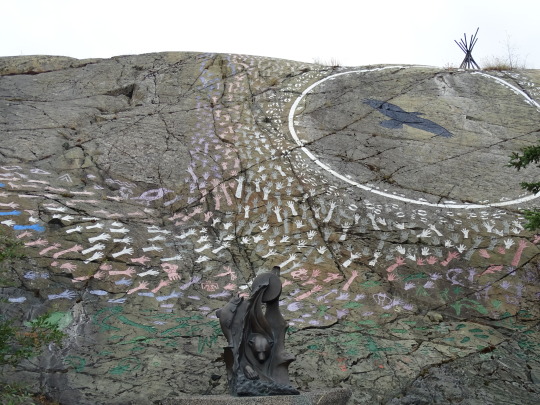
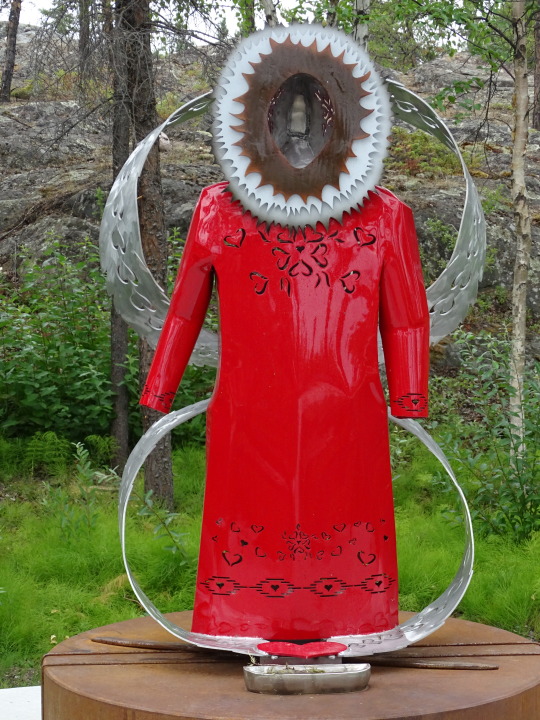
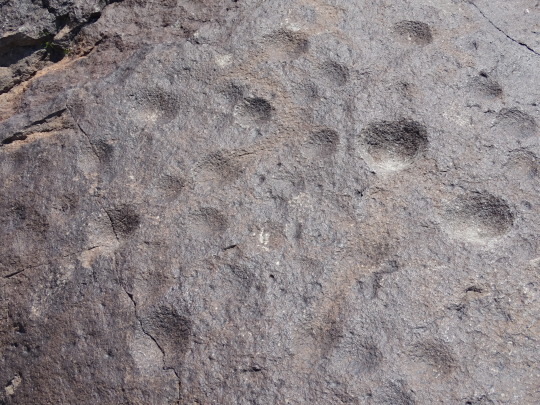
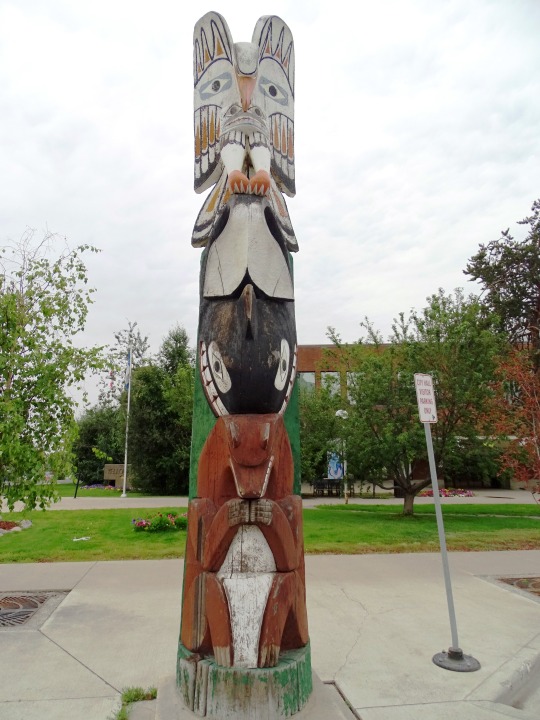
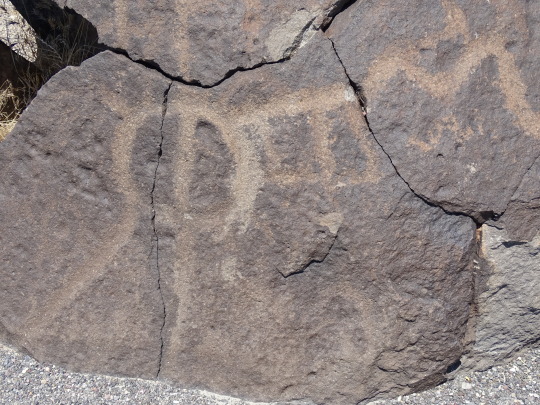

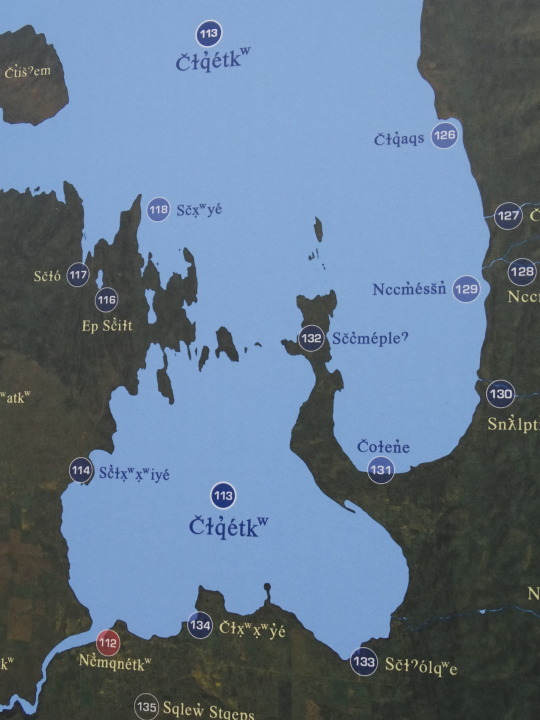
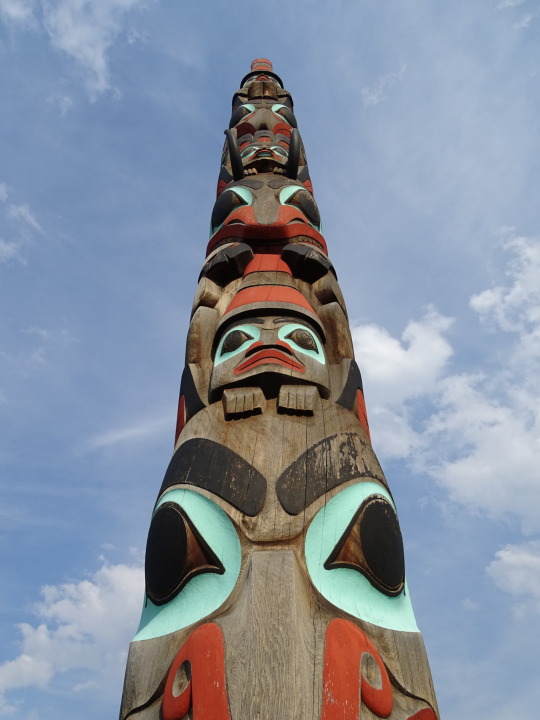
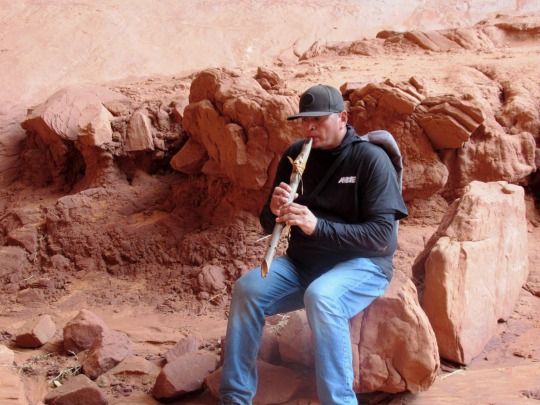
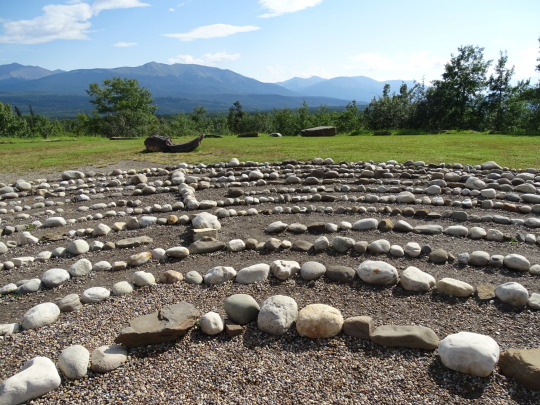
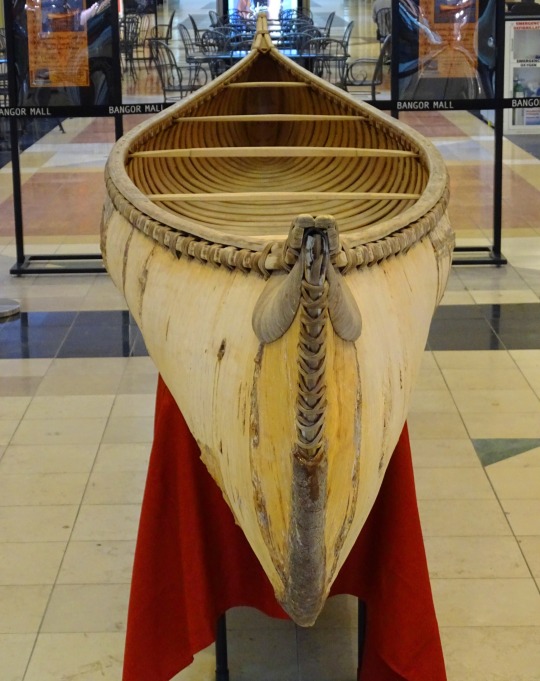
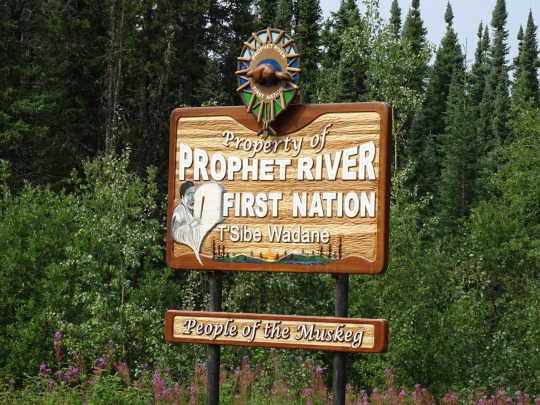
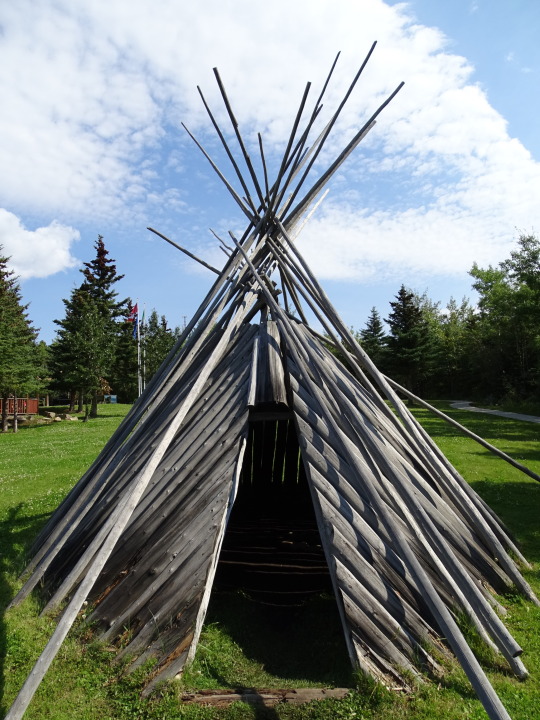
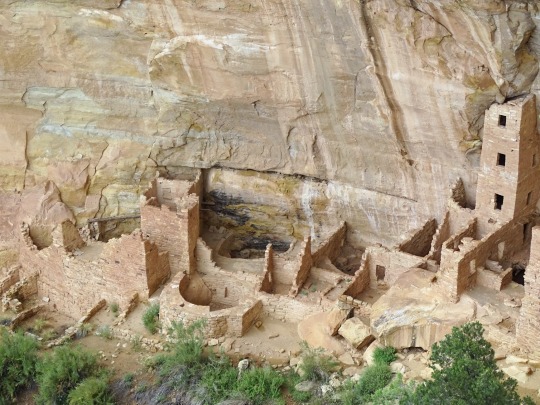

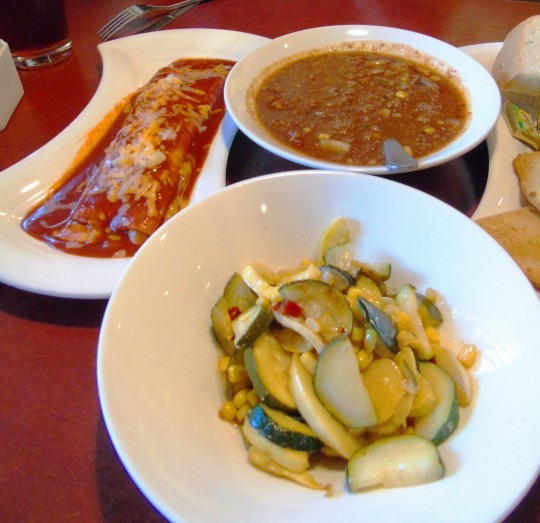
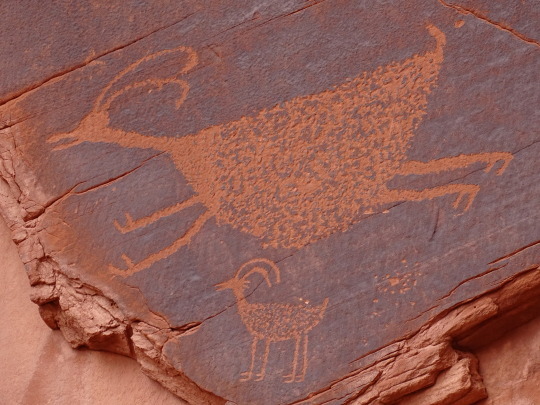

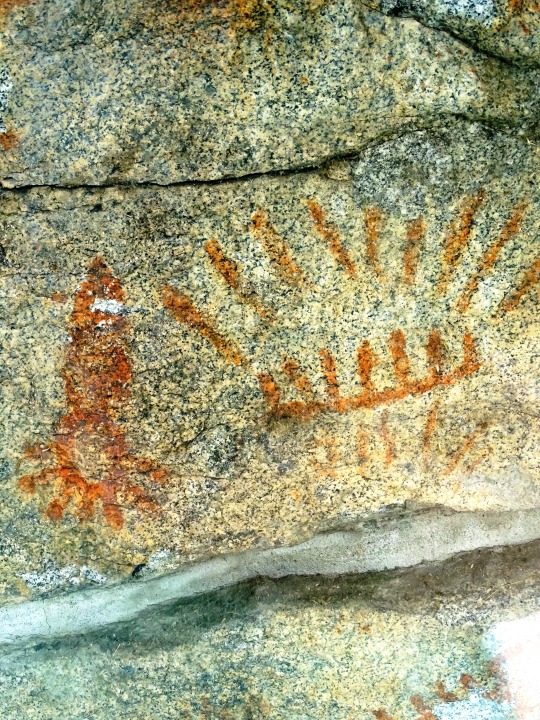
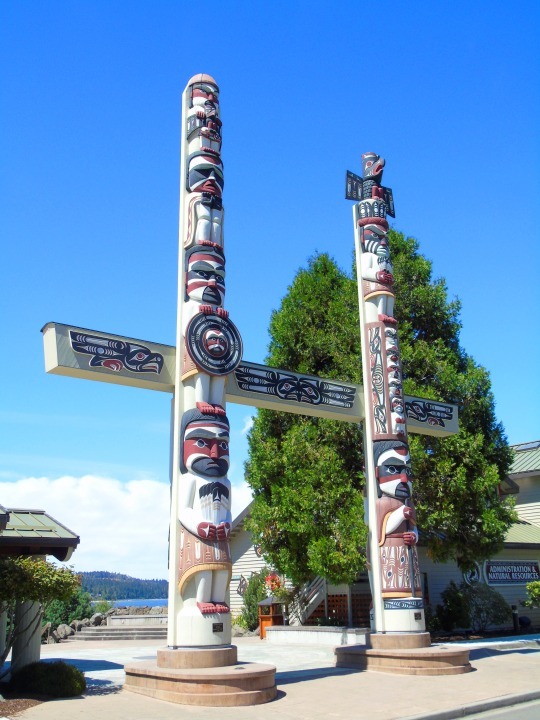
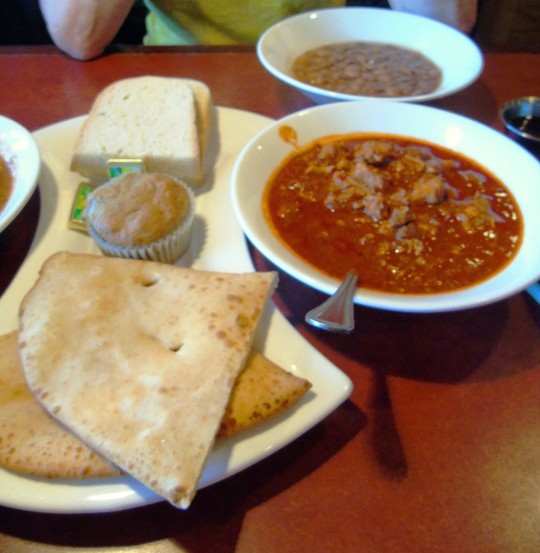
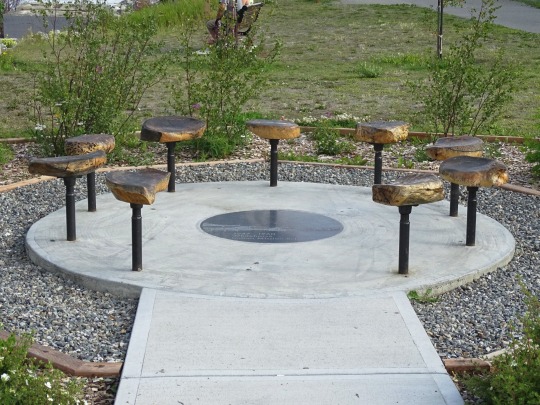
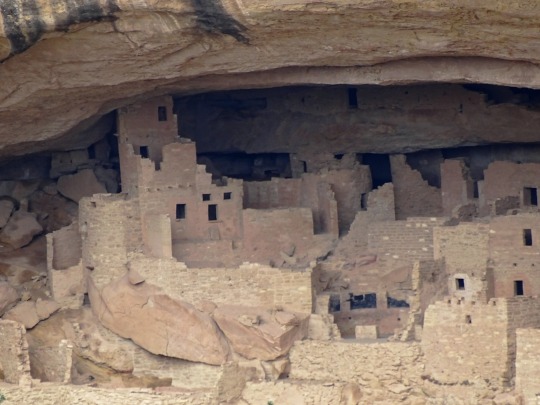
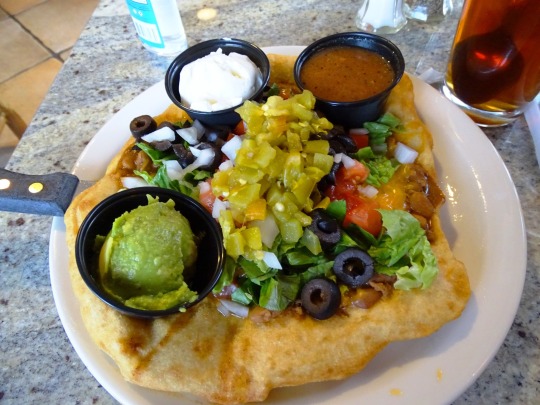
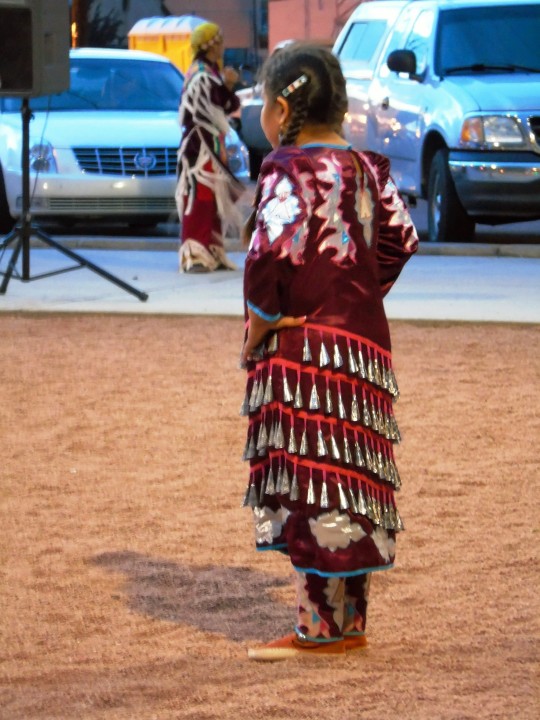
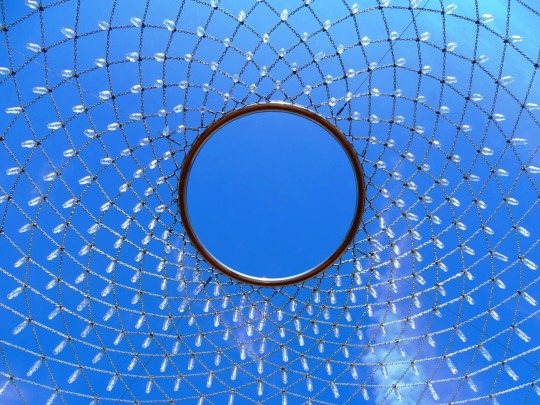
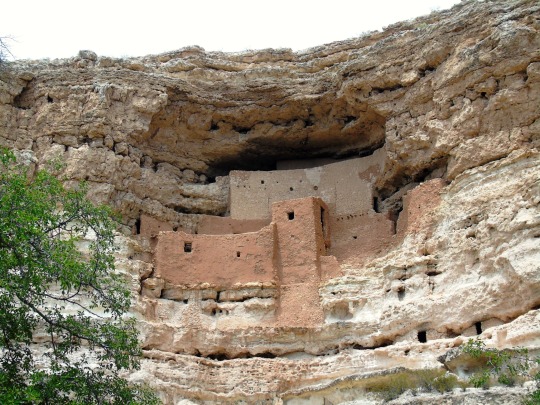
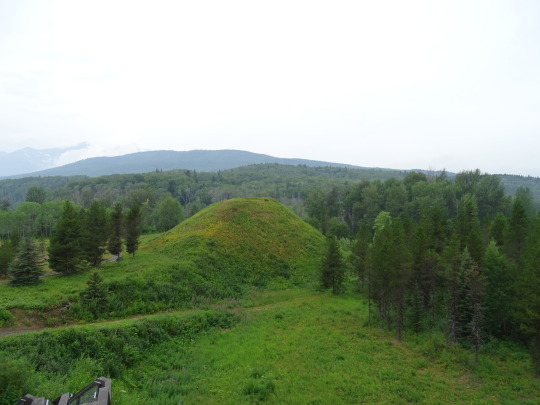
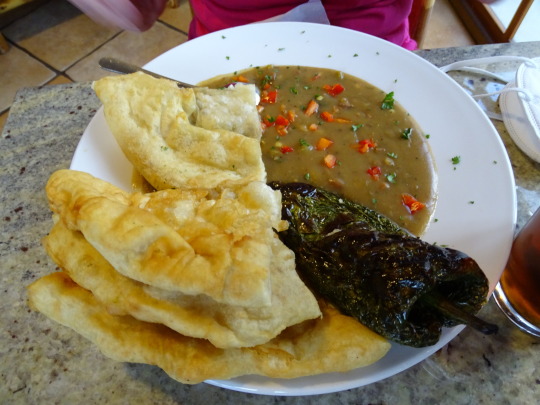
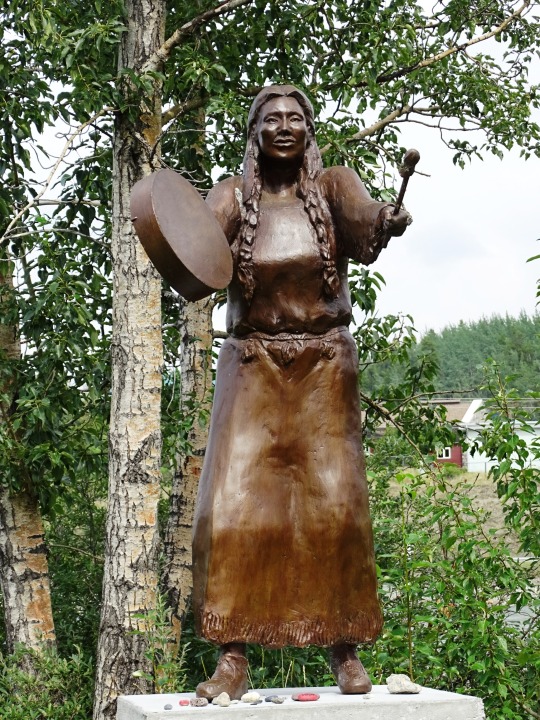
Indigenous Peoples’ Day/National Native American Day
Coming together to honor and learn from the rich heritage and wisdom of those who've lived on American soil for generations.
Appreciating and paying respect to the unique heritage and culture of those whose origins are native to the Americas, Indigenous Peoples’ Day offers the opportunity to honor, learn, celebrate and raise awareness.
History of Indigenous Peoples’ Day
Honoring Native American people throughout the United States, Indigenous Peoples’ Day was first officially celebrated in the US in 2021, when US President Joe Biden became the first president to formally recognize the day. However, the idea for the day goes back much further.
In 1977, the United Nations in Geneva, Switzerland sponsored the International Conference on Discrimination Against Indigenous Populations in the Americas. Part of the purpose was to begin celebrating Indigenous Peoples’ Day, particularly with the idea of replacing the adoration and glorification of Christopher Columbus with recognition and acknowledgement of the native peoples of the land.
Columbus Day, which is an American holiday, falls on the second Monday of October in the United States, has been less revered in recent years. This is likely due to the fact that the indigenous peoples of the time had their lands and lives taken away from them by the settlers from Europe, and the American people are becoming more aware of the way history has been written only from the perspective of the white person.
In exchange for Columbus Day, many people in the United States have begun the celebration of Indigenous Peoples Day instead. Coinciding with the 500th anniversary of the arrival of Christopher Columbus on American soil, a celebration of Indigenous Peoples’ Day was organized on October 12, 1992 in Berkeley, California. Many other cities and towns have accepted and implemented something similar in their communities, including places such as Los Angeles, California and Washington, DC.
At least twelve of the United States do not celebrate Columbus Day, and the state of South Dakota celebrates Native American Day instead. Tribal governments in Oklahoma have also made declarations regarding the celebration of Native American Day.
How to Celebrate Indigenous Peoples’ Day
A wide spectrum of ways for Americans to celebrate Indigenous Peoples’ Day can be discovered and created. Consider implementing some of these ideas in honor of the day, or come up with some of your own clever ideas:
Attend an Indigenous Peoples’ Day Event
Those who have a family history as a Native American or other indigenous people should certainly take this time to celebrate their heritage! And those who don’t can definitely take the opportunity to support and enjoy learning more.
For people who live in certain places where the populations of indigenous peoples groups are strong, like Arizona, California, Oklahoma, South Dakota and many other states, it is likely that some exciting events, educational programs and celebrations will be on the calendar! Join in on a parade, learn a native craft, or listen to a lecture on history.
Even better, brush up on current events of the indigenous peoples in the local area to see what ways it is possible to learn more about their plight, make a donation or even act as an advocate to raise awareness in the community.
Re-Learn United States History
With the recognition that history over the first 200 years of the United States was written from the perspective of the white person, perhaps National Indigenous Peoples’ Day would be a time, especially for white Americans, to consider a different perspective. Get beyond what was taught in school and get educated on how the story actually happened before the territory of what is now the United States was settled.
Read some books, watch some documentaries and do some research on websites to find out more. Consider some of these books for getting more educated:
An Indigenous Peoples’ History of the United States by Roxanne Dunbar-Ortiz
Lies My Teacher Told Me: Everything Your American History Book Got Wrong by James W. Loewen
The People: A History of Native America by R. David Edmunds
A True History of the United States: Indigenous Genocide, Radicalized Slavery, Hyper-Capitalism, Militarist Imperialism and Other Overlooked Aspects of American Exceptionalism by Daniel Sjursen
Support an Indigenous People Artist or Community
Often revered for their creativity and attention to detail, many indigenous people tribes produce artwork and handicrafts that are valuable and beautiful. Consider making a trip to a place that supports the arts of native peoples and make a purchase of pottery, blankets, jewelry, painting or some other amazing piece of art to add to your collection.
Visit an Indigenous Peoples’ Museum
Take the hands-on approach to learning more about the people who first inhabited the Americas by visiting a museum or exhibit dedicated to their culture and people. Try out one of these or visit one more local to the area:
Museum of Indigenous People (formerly the Smoki Museum). Located in Prescott, Arizona, this museum works to instill understanding and respect for the people of indigenous cultures, particularly those in the southwestern parts of the United States. The museum holds events, offers membership and even hosts a consignment market.
National Museum of the American Indian. This Smithsonian museum boasts two locations, one in the Washington DC mall and one in New York City. They offer access to various collections and exhibits as well as educational programs, online resources, and presentations with the intent to pay respect and honor to the native and indigenous peoples of the Americas.
Heard Museum. Situated in a vitally important place for Native Americans, this Phoenix, Arizona location focuses on the tribes and people of the Southwest. Exhibitions include handicrafts such as weaving and textiles as well as jewelry, clothing and more. Ages range from prehistoric to contemporary and everything in between. The Heard Museum is also the place where the World Hoop Dance Championship takes place each year!
The Eiteljorg Museum. Located in the center of Indianapolis, Indiana, this museum showcases paintings, sculptures, weaving, pottery, artifacts and even evidence of storytelling. With festivals, educational programs, events and even an annual Indian market, this museum is a fun one to visit and learn.
Source
#Yellowknife#Northwest Territories#Grimes Point Archaeological Area#original photography#tourist attraction#landscape#Canada#travel#vacation#cityscape#USA#second Monday in October#14 October 2024#Whitehorse#history#National Native American Day#Indigenous Peoples’ Day#IndigenousPeoplesDay#NativeAmericanDay#First Nations#landmark#survivors of Whitehorse Indian Mission School by Ken Anderson#Finding Peace Monument by Halain De Repentigny#The Gather-Ring by Manuel Báez and Charlynne Lafontaine#Monument Valley Navajo Tribal Park#Mesa Verde National Park#Jamestown S'Klallam Tribe#Wabanki Canoe#Ottawa#Wickiup
5 notes
·
View notes
Photo
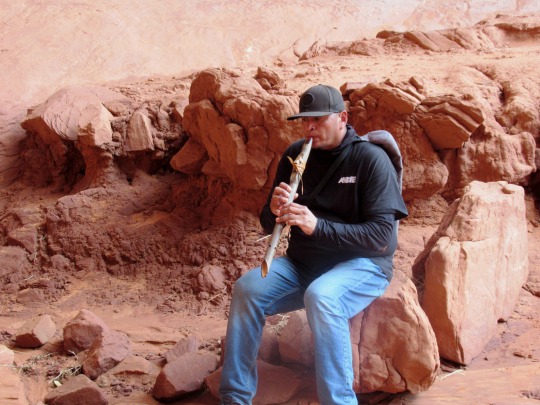


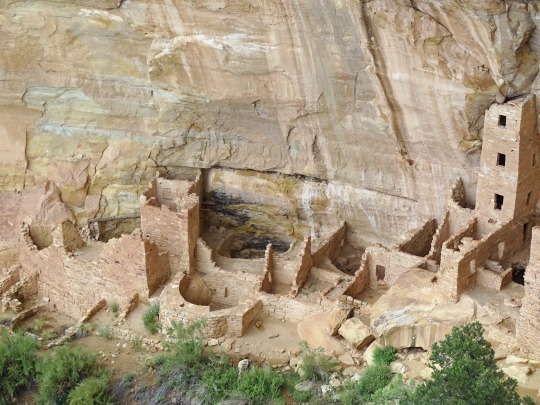
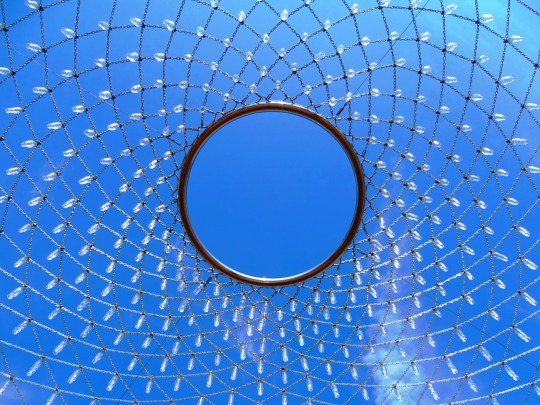


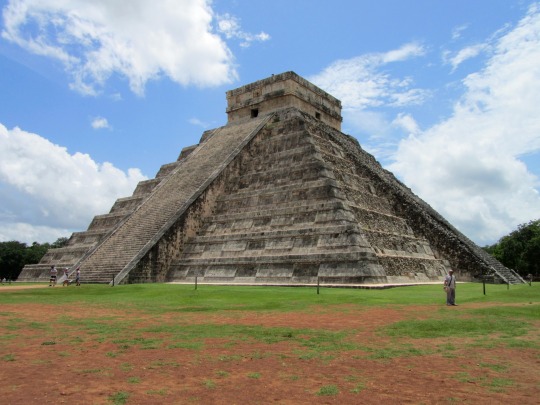


International Day of The World's Indigenous People
The International Day of the World’s Indigenous People on August 9 pays tribute to the indigenous communities of the world. The latest data reveals that there are about 370 to 500 million indigenous people living in 90 countries. These communities are noted to have their own unique set of languages, traditions, cultures, and governing systems. For many indigenous groups, the systems that their ancestors have followed for centuries have stood the test of time by serving them with positive outcomes to date. Many indigenous people’s special bond and connection with nature have also led to the protection of the general environment. However, on the other side, several indigenous communities face difficulties due to a central government’s covert and overt attempts to control their lives. This has led to indigenous people’s rights violations where they would have otherwise ensured peaceful and harmonious lives for them.
History of International Day of The World's Indigenous People
The first International Day of the World’s Indigenous People was officially celebrated in August 1995. The day had been brought into existence when the 49/214 resolution was passed by the U.N. General Assembly on December 23, 1994. August 9 was chosen as the commemorative date because that was when the first meeting of the U.N. Working Group on Indigenous Populations of the Sub-Commission on the Promotion and Protection of Human Rights was held. Every year, the day is honored by governments and organizations holding education forums and conferences to meet and discuss the social issues faced by indigenous groups worldwide. People are also given information on any ongoing and/or upcoming activities and projects that are being undertaken to help the target communities. Every year, the theme changes to shed light on a pressing topic, and the theme for the year 2021 was ‘Leaving no one behind: Indigenous peoples and the call for a new social contract.’
The social contract theme is a call for accountability in the general populations’ interaction with the indigenous communities and their resources. Over the years, many indigenous groups have found themselves to be on a disadvantageous terrain in the face of urban development projects that have destroyed and denigrated their lands and territories. The central governments and builders involved in such projects never sought permission from or even spoke with the indigenous communities before they took the developmental steps. Organizations and agencies like the U.N. and UNESCO have made efforts for constitutional/legislative reforms for dominant indigenous groups. Yet, the efforts must be focussed on bringing everyone together in the cause, leaving none behind.
International Day of The World's Indigenous People timeline
1982 First U.N. Meeting on Indigenous People
The U.N. holds the first meeting on indigenous people by forming the U.N. Working Group on Indigenous Populations of the Sub-Commission on the Promotion and Protection of Human Rights.
1995 International Day of the World’s Indigenous People
The first International Day of the World’s Indigenous People is celebrated by the U.N. General Assembly.
2005 - 2015 Indigenous People’s Decade
The U.N. proclaims 2005 to 2015 to be the ‘Decade of Action and Dignity’ for the indigenous communities.
2019 Indigenous Languages Year
After a startling 2016 report on the danger of more than 2,000 indigenous becoming extinct, the U.N. declares 2019 to be the International Year of Indigenous Languages in order to create awareness.
How To Observe International Day of the World’s Indigenous People
Learn about indigenous groups
Learn an indigenous language
Stand by indigenous groups
History related to indigenous people is always interesting to read and learn about. They have their own sets of beliefs, customs, languages, and cultures. Their daily lifestyles are also often connected with nature, be it animals, trees, certain plants, or lakes/rivers.
The U.N. declared the years 2022 to 2032 the decade for indigenous languages. The goal is to bring to attention the dying languages, since most of them are not taught in schools or are used by the general public. Losing a language is losing an important facet of the history and culture of a people.
The best way to celebrate this day and the rest of the year is by vowing to stand by indigenous groups. The indigenous people have the right to freely choose however they wish to live, much like any other living being on this planet. Protecting their rights also in turn protects your rights in the long run.
5 Interesting Facts About Indigenous People
80% of the world’s biodiversity
4,000 indigenous languages
High poverty rates
Short life spans
Leaders in protecting the environment
Around 80% of the world’s biodiversity is in places where indigenous groups are living.
The 5,000 indigenous communities in the world are credited with having about 4,000 languages.
While the indigenous communities account for only 5% of the world’s population, they make up 15% of the world population that is living in poverty.
Indigenous communities, due to a lack of awareness, have shorter life spans as they die of preventable diseases like malaria and H.I.V.
Studies have shown that the fauna and flora, and biodiversity thrive and flourish where indigenous people reside.
Why International Day of the World’s Indigenous People is Important
It’s a celebration of indigenous people
It’s a celebration of indigenous languages
It’s a celebration of the freedom to live
Indigenous people form an essential and crucial part of not only our planet’s history, but also how human beings have come to make systems to lead fruitful lives. The indigenous people’s cultures, customs, and traditions are interesting to learn about for their uniqueness and for what they teach us about the universe and the bigger picture.
Language, at its core, builds the identity of a people. The involvement of the different phonetics, grammar rules, and formal/informal styles can tell one a lot about where a community has come from, and how their history has shaped them. The same is the case with indigenous languages. The problem lies in their endangerment, and this is why we must strive to preserve them.
The freedom to practice our rights on a piece of land that has shaped our communities for centuries should not be taken away from anyone. The freedom to practice our customs, traditions, and general lifestyles is another important aspect of living a worthwhile life. For these very reasons and many others, we should join indigenous people in their right to live and flourish however they like.
Source
#Native American flute#Monument Valley Navajo Tribal Park#Arizona#USA#Dinosaur National Monument#Diné#Mesa Verde National Park#Colorado#Square Tower House#Jamestown S'Klallam Tribe#Wabanki Canoe#Mexico#Chichén Itzá#The Gather-Ring by Manuel Báez and Charlynne Lafontaine#Ottawa#Cliff Palace#original photography#tourist attraction#landscape#International Day of The World's Indigenous People#9 August#Canada#jingle dance#DayOfTheWorldsIndigenousPeople
12 notes
·
View notes
Photo
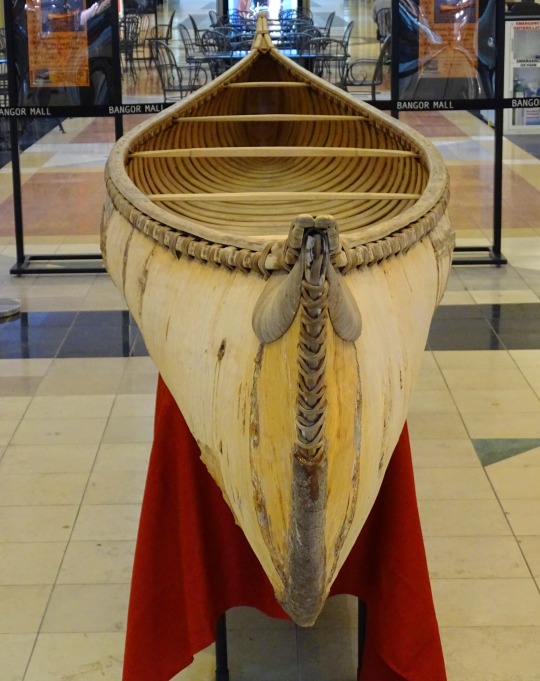
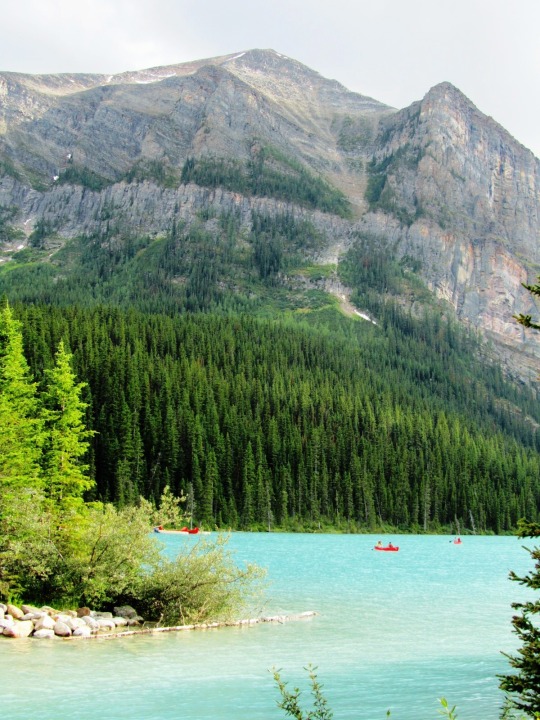
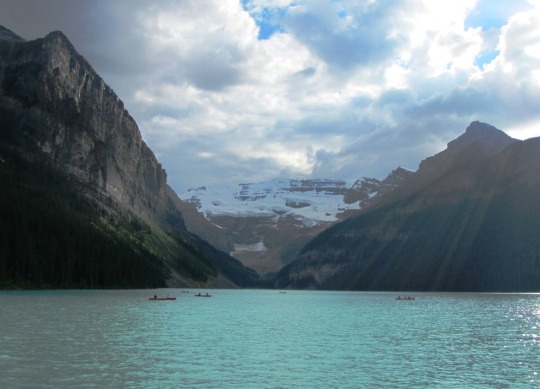
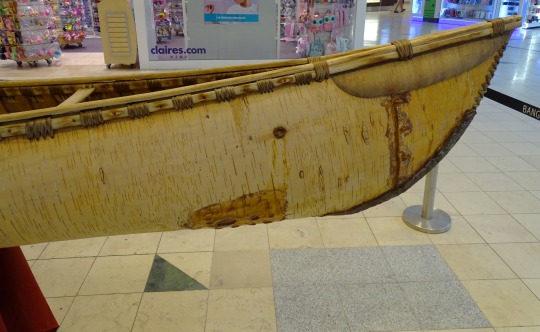


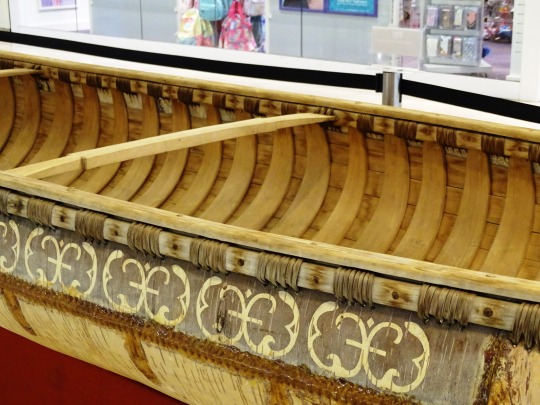
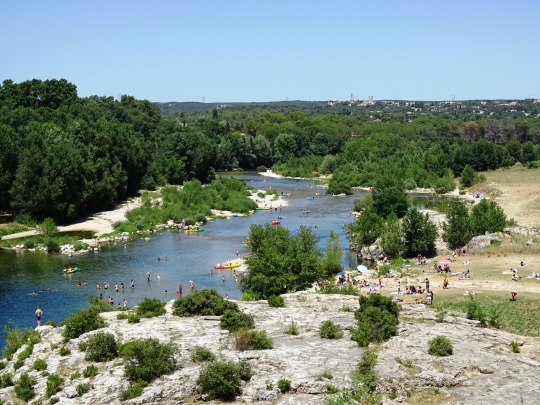
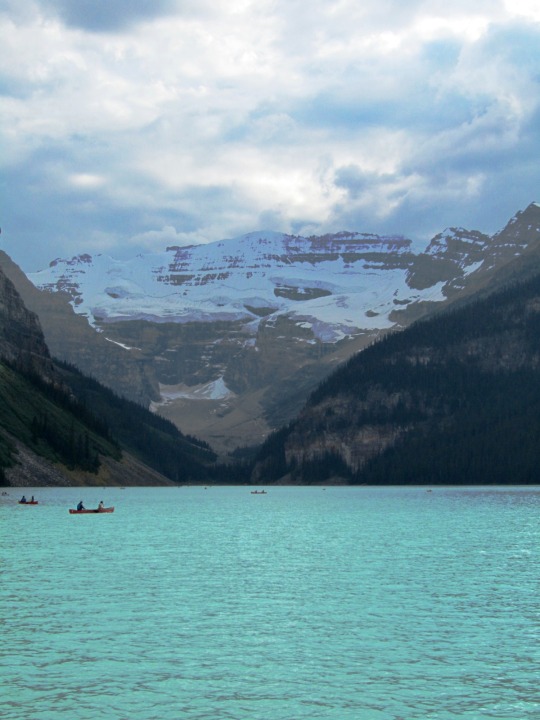
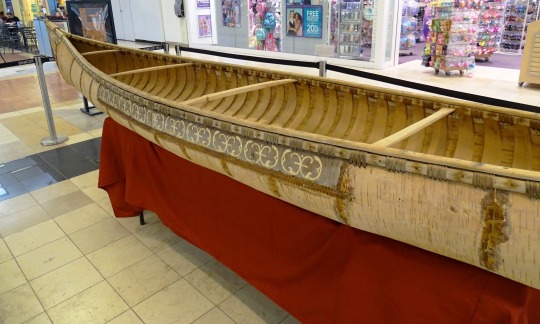
National Canoe Day
National Canoe Day is celebrated on June 26 every year. Though it is a Canadian holiday, it’s celebrated in the U.S. as well. Canoeing is both a sport and a recreational activity — one that’s relaxing and good for the environment. Wherever there is water, there are canoeists. On National Canoe Day thousands visit their favorite waterways, exploring their lakes and rivers or participating in competitive aquatic events. Canoeing is a fun activity that’s easy to learn and friendly to people across different age groups. It’s also a low-impact form of exercise, so it’s good for your health too.
History of Canoe Day
Canoes have been around for millennia and used by different cultures and civilizations throughout the ages. The oldest canoe in existence dates back to 8000 B.C. It was carved out by hand with basic flintstone tools from the hollowed-out trunk of a pine tree. Canoes predate the arrival of Europeans on the American continent. They were widely used as a method of transport, catching food, trading items, and even in warfare.
Native Americans used canoes made of birch-bark trees, tying together strips of wood with strong roots, then sealing them up with a pitch to prevent leakage. In 3500 B.C. the design of South American canoes was simpler but still effective. They made their boats from hollowed-out logs, which they expanded with heat and sharpened on both ends. This made them cut through the water faster. Around 1500 B.C. Polynesians had very elaborate, colorful canoes equipped with sails and crossbeams. They were much larger and sturdier than conventional canoes as their purpose was ocean voyages.
By the 19th century, the techniques and technology for building canoes had evolved thanks to centuries of interaction with Europeans. Canoeing became a popular activity in the Western world as a result of this. In a world when ships and railroads existed, there was no need for canoes to be utilized for maritime transportation. Instead, Europeans used them for recreational and sporting purposes. John MacGregor, an English explorer who popularized canoeing in the United States and Europe, created the Royal Canoe Club of London in 1866. This was followed by the “American Canoe Association” formed in 1880. In 1946, the International Canoe Federation was founded, acting as the umbrella body for national canoe organizations worldwide.
Canoe Day timeline
1924 Canoeing Joins the Olympics
Canoeing debuts as an Olympic demonstration sport at the Paris Olympics.
1944 The Introduction of Aluminum Canoes
William Hoffman, Vice President of Grumman Aircraft Engineering Corporation, comes up with an idea for a lightweight canoe made of aluminum.
1955 The Discovery of the Oldest Canoe
The ‘Pesse’ canoe — considered the world’s oldest known boat — is discovered in the village of Pesse in the Netherlands.
1987 The Discovery of the Second-Oldest Canoe
The ‘Dufuna’ canoe — the second oldest canoe — is discovered by a cattle herdsman in Nigeria while he is digging a well.
Canoe Day FAQs
What is a canoe person?
A canoe person or canoeist is someone who paddles a canoe.
How many miles can you canoe in a day?
You can canoe for roughly 20 miles in one day, factoring in things like speed and mileage. This adds up to about seven hours of non-stop paddling for an entire day, with breaks in-between.
How difficult is it to canoe?
Canoeing is not a difficult task. Most people learn how to paddle solo canoes in an hour or two.
Canoe Day Activities
Go for canoe lessons
Attend a canoe race
Buy a canoe
Learning how to row a canoe is a great way to celebrate National Canoe Day. It’s not a difficult skill to pick up at all, it just takes a bit of practice and dedication. You can learn with a solo canoe, a two-person canoe for someone special, or a four-person canoe for larger groups.
Whitewater canoeing is an exciting sport. As you watch the races you’ll quickly realize that it takes great skill to navigate rapids without flipping over or crashing. As a spectator, you get to experience the thrill with none of the risks.
Buying a canoe can prove quite convenient if you live near rivers or lakes. This way you can celebrate National Canoe Day each year by taking your craft out for a spin on the water. Besides, canoeing is a peaceful, relaxing activity that keeps you in shape.
5 Interesting Facts About Canoeing
The longest canoe trip
Florida has the eldest canoes
Hungarians are canoeing champions
Canoes are different from kayaks
Canoes were used during WW2
In 1980, Don Starkell and his teenage sons paddled from Winnipeg, Canada to the Amazon River, covering more than 12,000 miles over two years.
Florida has more than 400 old, dug-out canoes preserved in their original state — the highest number in the world.
Hungary has won 41 medals in canoeing since 1980, with 18 of them being gold medals.
Canoes have open decks with rowers sitting or kneeling inside the canoe, while kayaks have closed decks with a hole cut in the center where the rower sits.
During Operation Frankton, canoes were used to transport commandos to raid ships in the French port of Bordeaux, which was under German occupation at the time.
Why We Love Canoe Day
It highlights an obscure sport
It teaches us to appreciate the environment
It keeps canoeing relevant
Canoeing is one of the lesser-known watersports. It doesn’t get much mainstream coverage compared to other events like swimming, sailing, or diving. National Canoe Day brings awareness to this activity and its competitive watersports variants.
Whether you’re doing it recreationally or competing in an event, canoeing takes place outdoors. On National Canoe Day, we get in touch with mother nature and deepen our appreciation for the environment.
National Canoe Day doesn’t just celebrate one of the oldest forms of transport and recreation. It also keeps the conversation on this activity going. Every year on June 26, more people get to know about canoeing and its history.
Source
#Wabanki Canoe#Birch Bark Canoe#native american#Bangor#Maine#USA#summer 2018#original photography#travel#vacation#history#Gardon River#France#2021#2012#Lake Louise#Banff National Park#landscape#countryside#tourist attraction#landmark#indoors#outdoors#National Canoe Day#NationalCanoeDay#26 June#Alberta
6 notes
·
View notes
Text
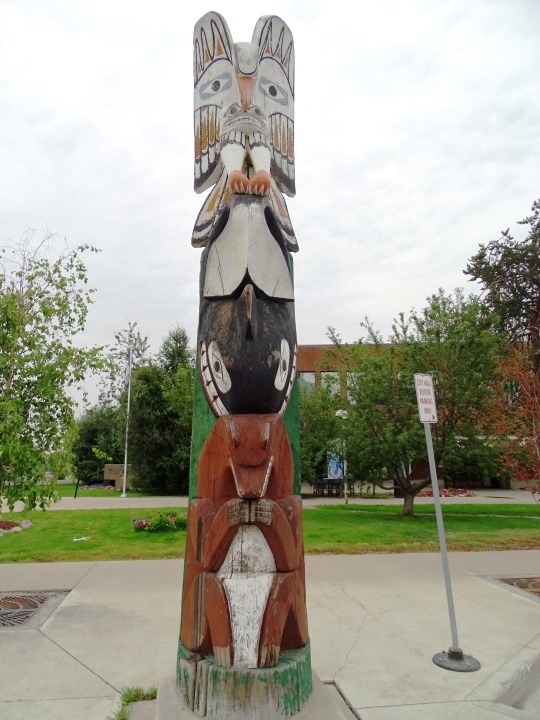

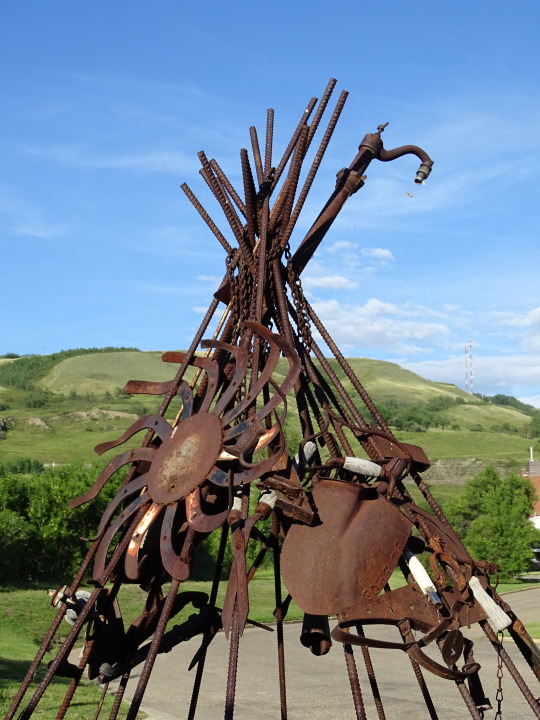
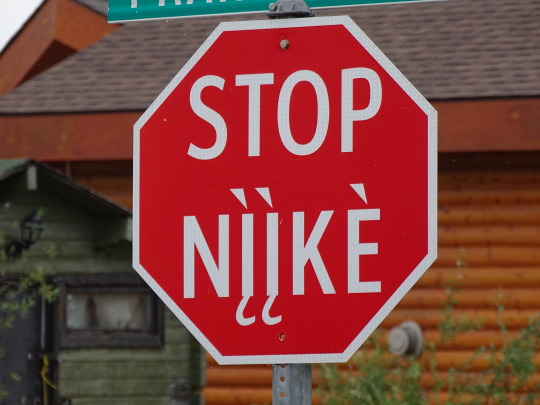

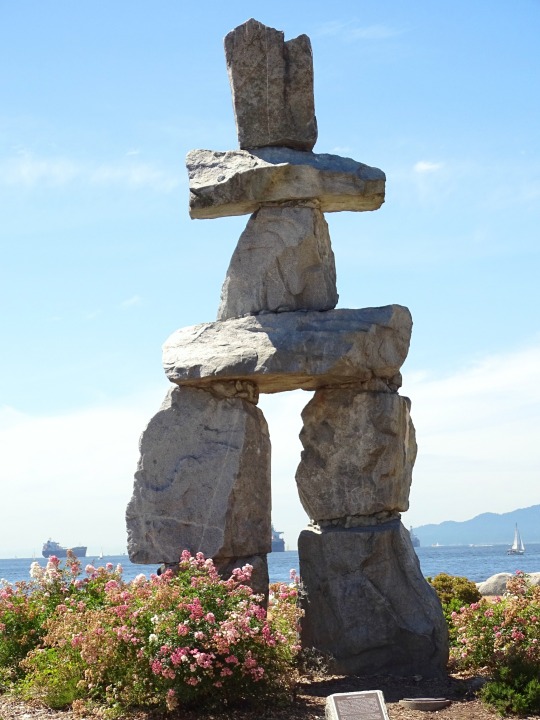
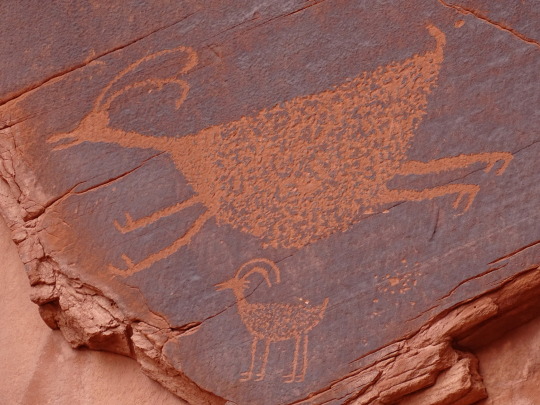
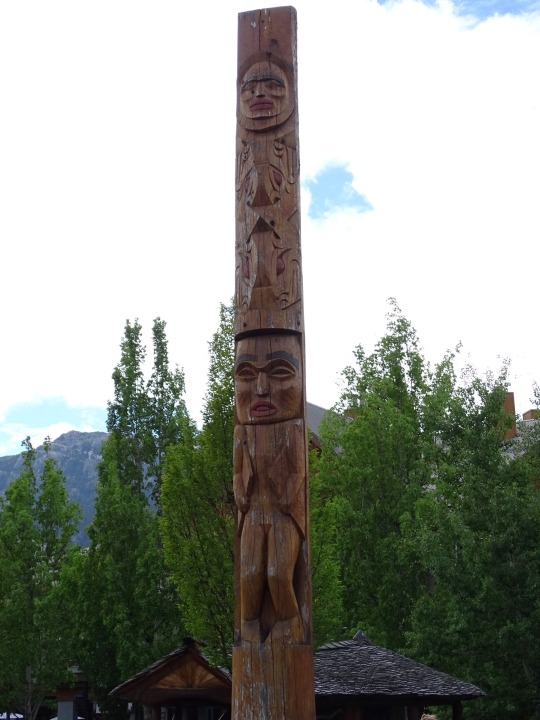
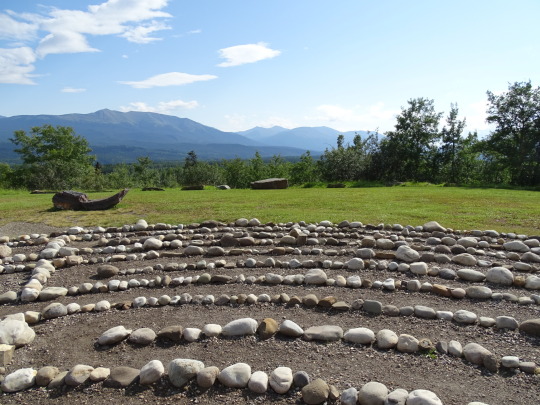
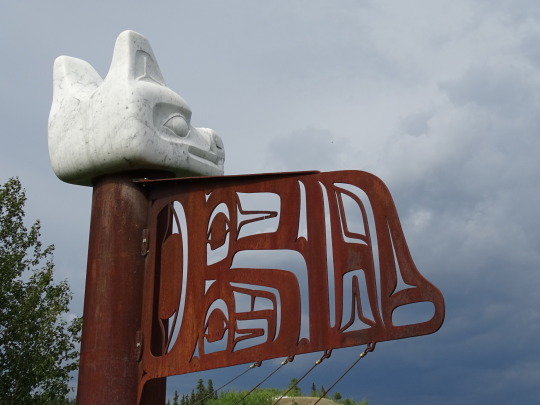
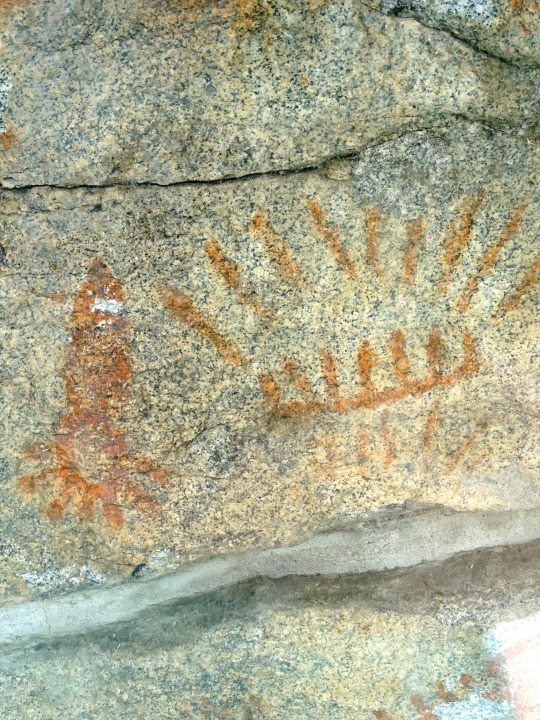

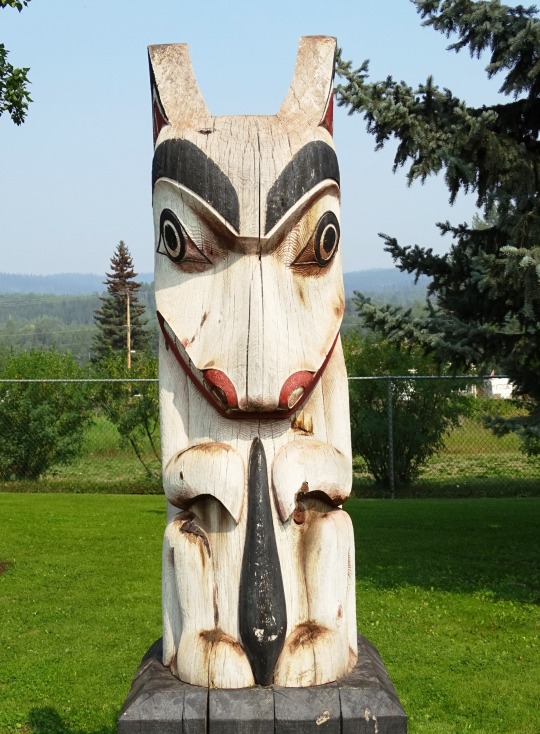
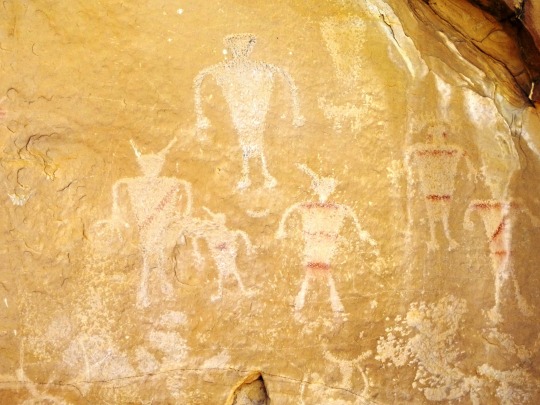
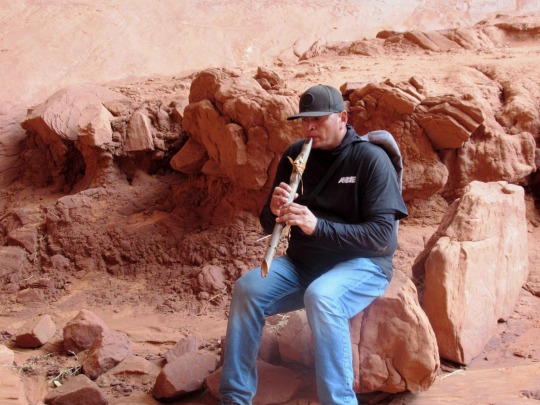
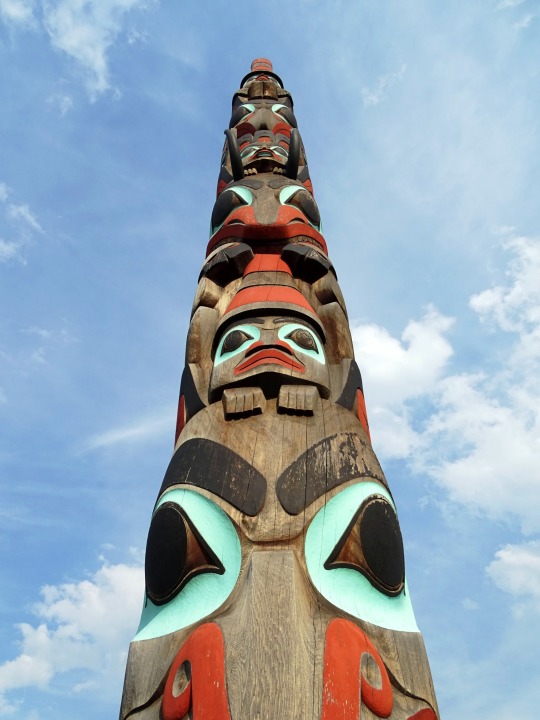
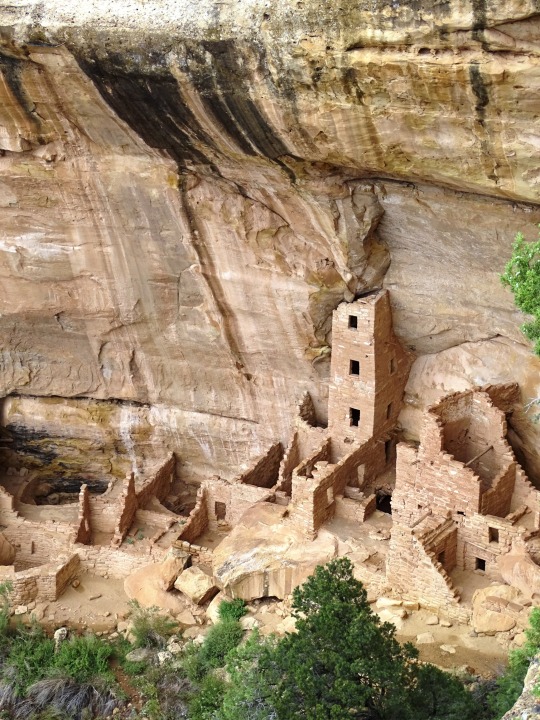
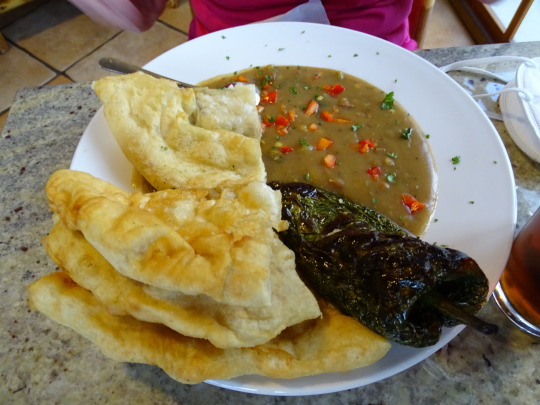
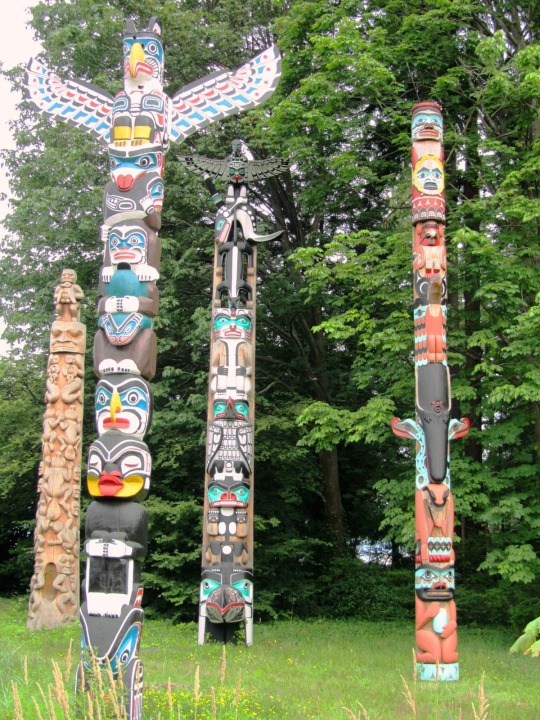
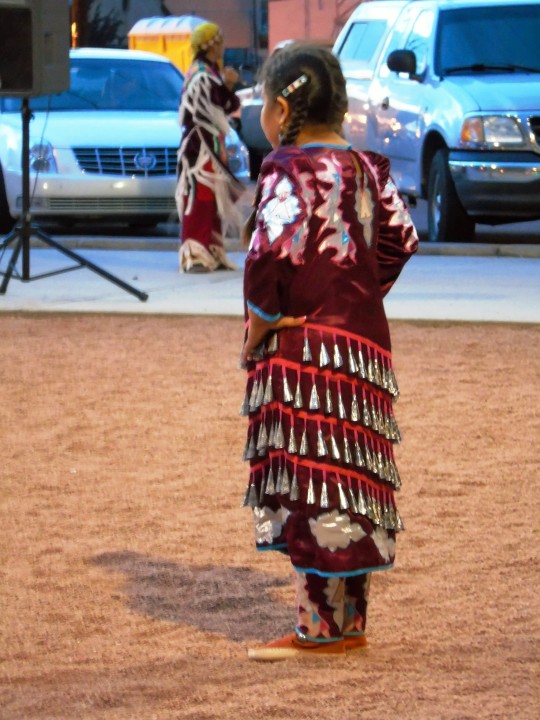
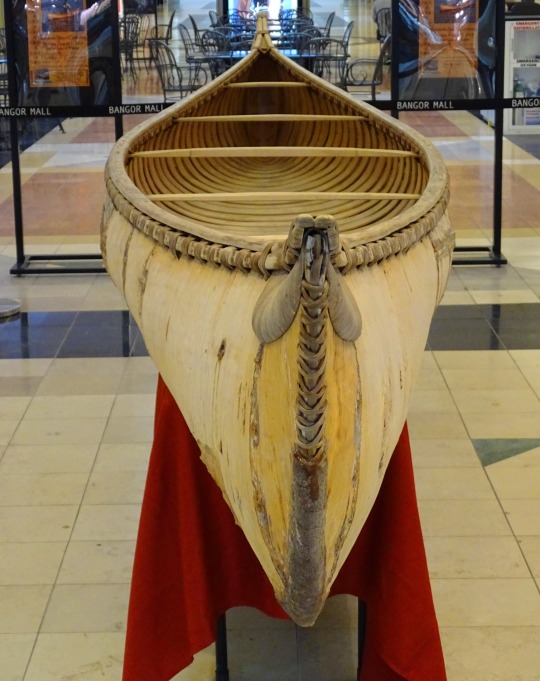
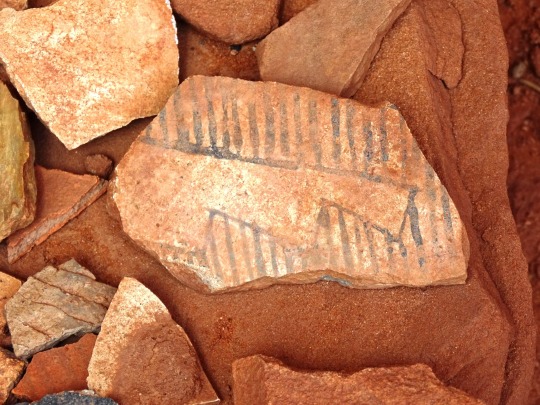
Native American Heritage Day
National Native American Heritage Day is observed on November 29, a day after Thanksgiving. American Indians are accorded special honor on this day, and their rich cultures, accomplishments, contributions, and heritage are celebrated. The history of America begins with Native Americans, and the bald eagle on the U.S. shield is an Iroquois symbol. On this day, we can enjoy displays of their cultural fashion and unique recipes and speak out against the grave injustices they have experienced.
History of Native American Heritage Day
Dr. Arthur C. Parker of the Seneca nation first protested for National Native American Heritage Day between 1912 and 1915. At first, he was fighting for an “American Indian Day” to be recognized within the Boy Scouts of America. In 1990, President George H. W. Bush signed into law the legislation introduced by Congressman Joe Baca, to designate the day after Thanksgiving as American Indian Heritage Day. The law was established on November 28 as a day to pay respects to the Native Americans for their numerous contributions to the United States. The American Indian Heritage Day was supported by the National Indian Gaming Association (NIGA) and 184 federally recognized tribes.
The Native American Heritage Day encourages Americans of all backgrounds to appreciate the indigenous cultures appropriately, with ceremonies and activities. Schools are also encouraged to enhance their students’ awareness of Native Americans by providing classroom activities focused on their history, contributions, and achievements.
The United States House of Representatives initially passed the Native American Heritage Day Act of 2009, with technical adjustments made by a collective consent in the United States Senate. The House of Representatives unanimously voted to pass the legislation again, including the Senate’s adjustments. The legislation was then signed into public law by President Barack Obama on October 30, 2009.
Native American Heritage Day and Month is a huge platform for Indigenous people to educate society about their communities. On this day, more than ever, they lead the discourse on culture, celebrate their heritage by donning traditional footwear (“rocking the moccasin”), and shed some light on the diverse tribal communities.
Native American Heritage Day timeline
12,000 B.C. The Native American Origin
Archaeologists believe Native Americans might have crossed into America from Asia at about 12,000 B.C.
1912 American Indian Day
Dr. Arthur C. Parker of the Seneca nation begins his fight for the Boy Scouts of America to recognize an “American Indian Day.”
1924 Native American Citizenship
After Congress enacts the Indian Citizenship Act, Native Americans are finally granted citizenship in their indigenous country.
1976 Native American Awareness Week
President Gerald R. Ford declares the first national, week-long observance for American Indians.
1990 National American Indian Heritage Day
President George H. W. Bush signs a resolution establishing the national holiday.
2009 National Native American Heritage Month
President Barack Obama declares the month of November as National Native American Heritage Month.
2018 Elected Native American Women
Sharice Davids and Deb Haaland are the first Native American women elected to Congress.
2019 Native American Census
The population of Indigenous People in the United States is 6.9 million, 2.09% of the country’s population.
Native American Heritage Day FAQs
What is the more appropriate term to use, American Indian or Native American?
Both terms are appropriate.
Do American Indians pay taxes?
Yes, they do. Both tribes and individual American Indians pay taxes, except those who work on a reservation.
How are tribes organized?
Tribes have innate rights to govern under their own systems of government. Tribal governments have various structures, and several of them have adopted constitutions, while others retain traditional methods of rulership. The governor of a tribe is commonly called the tribal chairperson, chief, governor, or president.
How to Observe Native American Heritage Day
Know the facts
Be socially active
Cook like a true Native American
Watch documentaries or read books that properly represent Native American history and culture. Take a tour of a Native American museum or heritage center near you.
Participate on social media or in online events observing Native American Heritage Day. TikTok’s #NativeFamily is a famous Native American Heritage community.
Choose a Native American meal to make. Try Three Sisters Soup, Pemmican, or simple Buffalo Stew. Native American meals are famously delightful, so try out some of their decadent recipes.
5 Facts About Native Americans
Their median age is 31
Few Native Americans hold a professional degree
They own over 24,000 businesses
There are hundreds of Indian tribes
The sequoia tree has a namesake
Native Americans consider the age of 31 as middle age.
8% of Native Americans over 25 have a graduate or professional degree.
American Indians and Alaska Natives own about 24,503 businesses in the U.S.
As of 2020, the number of federally recognized Indian tribes equals 574.
The giant redwood tree is named after the Cherokee leader Sequoyah, who helped develop the Cherokee alphabet.
Why Native American Heritage Day is Important
To accord rightful respect
For appropriate involvement in their culture
We learn and educate others
It is a day to honor and recognize the indigenous people’s contributions to the United States. An official holiday enlightens people on how to do this right.
We take part in the rich and diverse art, culture, and tradition of the Native people. This particular day allows us to bask in the beauty and uniqueness of their heritage, experiencing its multifaceted nature.
We learn and are inspired by how tribal citizens have synergized to conquer these challenges, and we hear these stories from the Natives themselves. It is the perfect chance to educate the public, to raise awareness about the unique challenges Native people have faced, past and present.
Sourcec
#Peace River#Yellwoknife#Olympic Lightning Figure by Ray Natraoro#Building on the Past Looking to the Future by Ken Anderson#Labyrinth Park#Two Brothers Totem Pole by Jaalen and Gwaai Edenshaw#pictograph#Inukshuk by Alvin Kanak#Dinosaur National Monument#USA#original photography#Mesa Verde National Park#travel#Green Chili Stew#Monument Valley Navajo Tribal Park#vacation#Pottery fragment#Native American Heritage Day#29 November 2024#day after Thanksgiving#NationalNativeAmericanHeritageDay#Wabanki Canoe#tourist attraction#landmark#Washington#Vancouver
0 notes
Text
















National Canoe Day
National Canoe Day is celebrated on June 26 every year. Though it is a Canadian holiday, it’s celebrated in the U.S. as well. Canoeing is both a sport and a recreational activity — one that’s relaxing and good for the environment. Wherever there is water, there are canoeists. On National Canoe Day thousands visit their favorite waterways, exploring their lakes and rivers or participating in competitive aquatic events. Canoeing is a fun activity that’s easy to learn and friendly to people across different age groups. It’s also a low-impact form of exercise, so it’s good for your health too.
History of Canoe Day
Canoes have been around for millennia and used by different cultures and civilizations throughout the ages. The oldest canoe in existence dates back to 8000 B.C. It was carved out by hand with basic flintstone tools from the hollowed-out trunk of a pine tree. Canoes predate the arrival of Europeans on the American continent. They were widely used as a method of transport, catching food, trading items, and even in warfare.
Native Americans used canoes made of birch-bark trees, tying together strips of wood with strong roots, then sealing them up with a pitch to prevent leakage. In 3500 B.C. the design of South American canoes was simpler but still effective. They made their boats from hollowed-out logs, which they expanded with heat and sharpened on both ends. This made them cut through the water faster. Around 1500 B.C. Polynesians had very elaborate, colorful canoes equipped with sails and crossbeams. They were much larger and sturdier than conventional canoes as their purpose was ocean voyages.
By the 19th century, the techniques and technology for building canoes had evolved thanks to centuries of interaction with Europeans. Canoeing became a popular activity in the Western world as a result of this. In a world when ships and railroads existed, there was no need for canoes to be utilized for maritime transportation. Instead, Europeans used them for recreational and sporting purposes. John MacGregor, an English explorer who popularized canoeing in the United States and Europe, created the Royal Canoe Club of London in 1866. This was followed by the “American Canoe Association” formed in 1880. In 1946, the International Canoe Federation was founded, acting as the umbrella body for national canoe organizations worldwide.
Canoe Day timeline
1924 Canoeing Joins the Olympics
Canoeing debuts as an Olympic demonstration sport at the Paris Olympics.
1944 The Introduction of Aluminum Canoes
William Hoffman, Vice President of Grumman Aircraft Engineering Corporation, comes up with an idea for a lightweight canoe made of aluminum.
1955 The Discovery of the Oldest Canoe
The ‘Pesse’ canoe — considered the world’s oldest known boat — is discovered in the village of Pesse in the Netherlands.
1987 The Discovery of the Second-Oldest Canoe
The ‘Dufuna’ canoe — the second oldest canoe — is discovered by a cattle herdsman in Nigeria while he is digging a well.
Canoe Day FAQs
What is a canoe person?
A canoe person or canoeist is someone who paddles a canoe.
How many miles can you canoe in a day?
You can canoe for roughly 20 miles in one day, factoring in things like speed and mileage. This adds up to about seven hours of non-stop paddling for an entire day, with breaks in-between.
How difficult is it to canoe?
Canoeing is not a difficult task. Most people learn how to paddle solo canoes in an hour or two.
Canoe Day Activities
Go for canoe lessons
Attend a canoe race
Buy a canoe
Learning how to row a canoe is a great way to celebrate National Canoe Day. It’s not a difficult skill to pick up at all, it just takes a bit of practice and dedication. You can learn with a solo canoe, a two-person canoe for someone special, or a four-person canoe for larger groups.
Whitewater canoeing is an exciting sport. As you watch the races you’ll quickly realize that it takes great skill to navigate rapids without flipping over or crashing. As a spectator, you get to experience the thrill with none of the risks.
Buying a canoe can prove quite convenient if you live near rivers or lakes. This way you can celebrate National Canoe Day each year by taking your craft out for a spin on the water. Besides, canoeing is a peaceful, relaxing activity that keeps you in shape.
5 Interesting Facts About Canoeing
The longest canoe trip
Florida has the eldest canoes
Hungarians are canoeing champions
Canoes are different from kayaks
Canoes were used during WW2
In 1980, Don Starkell and his teenage sons paddled from Winnipeg, Canada to the Amazon River, covering more than 12,000 miles over two years.
Florida has more than 400 old, dug-out canoes preserved in their original state — the highest number in the world.
Hungary has won 41 medals in canoeing since 1980, with 18 of them being gold medals.
Canoes have open decks with rowers sitting or kneeling inside the canoe, while kayaks have closed decks with a hole cut in the center where the rower sits.
During Operation Frankton, canoes were used to transport commandos to raid ships in the French port of Bordeaux, which was under German occupation at the time.
Why We Love Canoe Day
It highlights an obscure sport
It teaches us to appreciate the environment
It keeps canoeing relevant
Canoeing is one of the lesser-known watersports. It doesn’t get much mainstream coverage compared to other events like swimming, sailing, or diving. National Canoe Day brings awareness to this activity and its competitive watersports variants.
Whether you’re doing it recreationally or competing in an event, canoeing takes place outdoors. On National Canoe Day, we get in touch with mother nature and deepen our appreciation for the environment.
National Canoe Day doesn’t just celebrate one of the oldest forms of transport and recreation. It also keeps the conversation on this activity going. Every year on June 26, more people get to know about canoeing and its history.
Source
#Alexander Mackenzie's canoe#Taylor#British Columbia#Pyramid Lake#Jasper National Park#Alberta#Grand Mesa National Forest#Cobbett Lake#Colorado#Yosemite National Park#California#Wabanki Canoe#Birch Bark Canoe#native american#Bangor#Maine#USA#original photography#travel#vacation#history#Gardon River#France#Lake Louise#Banff National Park#landscape#countryside#tourist attraction#landmark#indoors
1 note
·
View note
Text
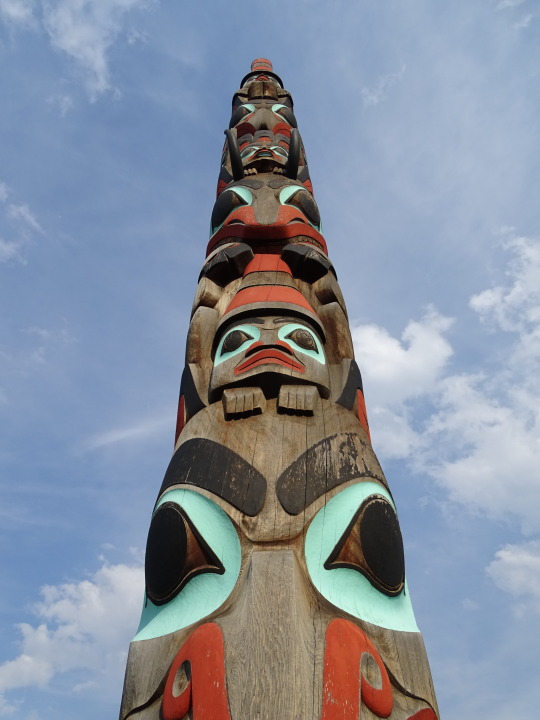










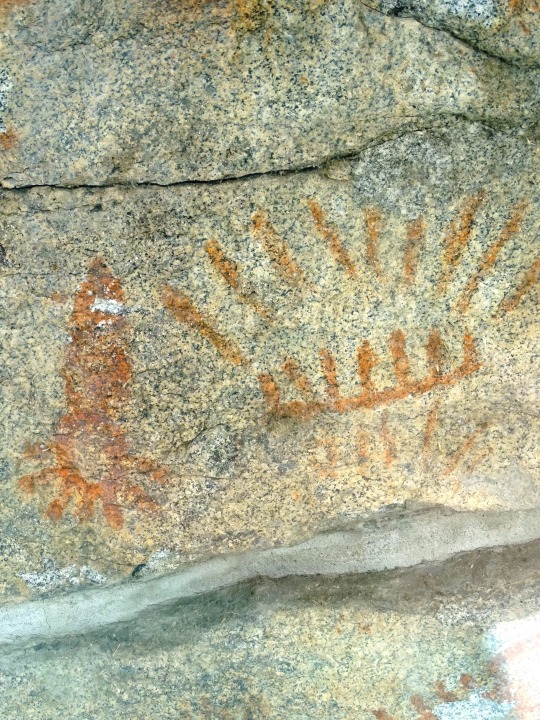
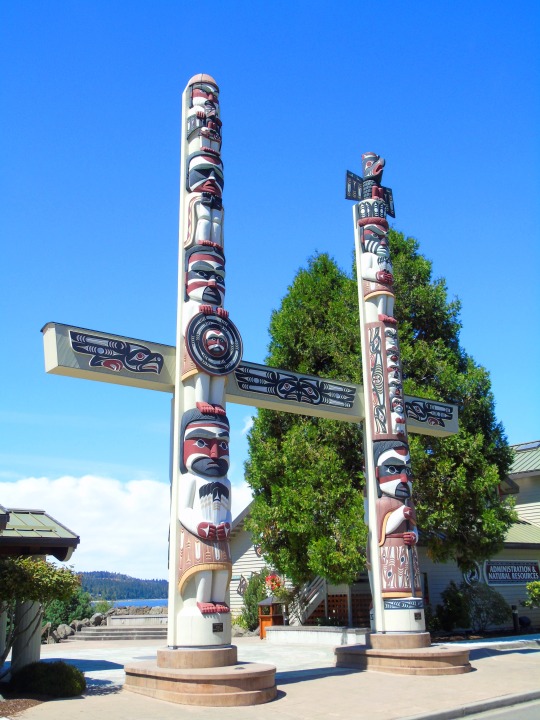





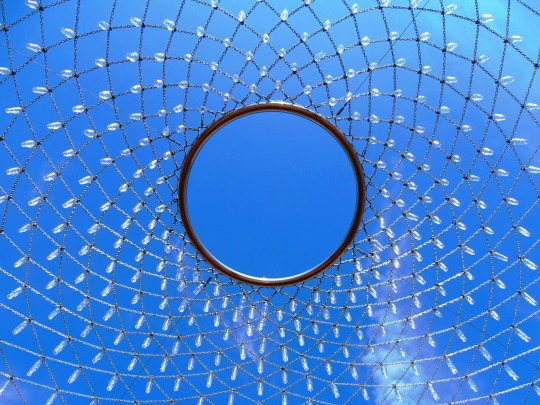


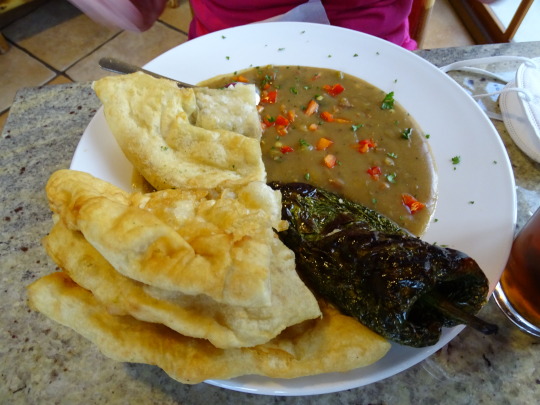

Indigenous Peoples’ Day/National Native American Day
Coming together to honor and learn from the rich heritage and wisdom of those who've lived on American soil for generations.
Appreciating and paying respect to the unique heritage and culture of those whose origins are native to the Americas, Indigenous Peoples’ Day offers the opportunity to honor, learn, celebrate and raise awareness.
History of Indigenous Peoples’ Day
Honoring Native American people throughout the United States, Indigenous Peoples’ Day was first officially celebrated in the US in 2021, when US President Joe Biden became the first president to formally recognize the day. However, the idea for the day goes back much further.
In 1977, the United Nations in Geneva, Switzerland sponsored the International Conference on Discrimination Against Indigenous Populations in the Americas. Part of the purpose was to begin celebrating Indigenous Peoples’ Day, particularly with the idea of replacing the adoration and glorification of Christopher Columbus with recognition and acknowledgement of the native peoples of the land.
Columbus Day, which is an American holiday, falls on the second Monday of October in the United States, has been less revered in recent years. This is likely due to the fact that the indigenous peoples of the time had their lands and lives taken away from them by the settlers from Europe, and the American people are becoming more aware of the way history has been written only from the perspective of the white person.
In exchange for Columbus Day, many people in the United States have begun the celebration of Indigenous Peoples Day instead. Coinciding with the 500th anniversary of the arrival of Christopher Columbus on American soil, a celebration of Indigenous Peoples’ Day was organized on October 12, 1992 in Berkeley, California. Many other cities and towns have accepted and implemented something similar in their communities, including places such as Los Angeles, California and Washington, DC.
At least twelve of the United States do not celebrate Columbus Day, and the state of South Dakota celebrates Native American Day instead. Tribal governments in Oklahoma have also made declarations regarding the celebration of Native American Day.
How to Celebrate Indigenous Peoples’ Day
A wide spectrum of ways for Americans to celebrate Indigenous Peoples’ Day can be discovered and created. Consider implementing some of these ideas in honor of the day, or come up with some of your own clever ideas:
Attend an Indigenous Peoples’ Day Event
Those who have a family history as a Native American or other indigenous people should certainly take this time to celebrate their heritage! And those who don’t can definitely take the opportunity to support and enjoy learning more.
For people who live in certain places where the populations of indigenous peoples groups are strong, like Arizona, California, Oklahoma, South Dakota and many other states, it is likely that some exciting events, educational programs and celebrations will be on the calendar! Join in on a parade, learn a native craft, or listen to a lecture on history.
Even better, brush up on current events of the indigenous peoples in the local area to see what ways it is possible to learn more about their plight, make a donation or even act as an advocate to raise awareness in the community.
Re-Learn United States History
With the recognition that history over the first 200 years of the United States was written from the perspective of the white person, perhaps National Indigenous Peoples’ Day would be a time, especially for white Americans, to consider a different perspective. Get beyond what was taught in school and get educated on how the story actually happened before the territory of what is now the United States was settled.
Read some books, watch some documentaries and do some research on websites to find out more. Consider some of these books for getting more educated:
An Indigenous Peoples’ History of the United States by Roxanne Dunbar-Ortiz
Lies My Teacher Told Me: Everything Your American History Book Got Wrong by James W. Loewen
The People: A History of Native America by R. David Edmunds
A True History of the United States: Indigenous Genocide, Radicalized Slavery, Hyper-Capitalism, Militarist Imperialism and Other Overlooked Aspects of American Exceptionalism by Daniel Sjursen
Support an Indigenous People Artist or Community
Often revered for their creativity and attention to detail, many indigenous people tribes produce artwork and handicrafts that are valuable and beautiful. Consider making a trip to a place that supports the arts of native peoples and make a purchase of pottery, blankets, jewelry, painting or some other amazing piece of art to add to your collection.
Visit an Indigenous Peoples’ Museum
Take the hands-on approach to learning more about the people who first inhabited the Americas by visiting a museum or exhibit dedicated to their culture and people. Try out one of these or visit one more local to the area:
Museum of Indigenous People (formerly the Smoki Museum). Located in Prescott, Arizona, this museum works to instill understanding and respect for the people of indigenous cultures, particularly those in the southwestern parts of the United States. The museum holds events, offers membership and even hosts a consignment market.
National Museum of the American Indian. This Smithsonian museum boasts two locations, one in the Washington DC mall and one in New York City. They offer access to various collections and exhibits as well as educational programs, online resources, and presentations with the intent to pay respect and honor to the native and indigenous peoples of the Americas.
Heard Museum. Situated in a vitally important place for Native Americans, this Phoenix, Arizona location focuses on the tribes and people of the Southwest. Exhibitions include handicrafts such as weaving and textiles as well as jewelry, clothing and more. Ages range from prehistoric to contemporary and everything in between. The Heard Museum is also the place where the World Hoop Dance Championship takes place each year!
The Eiteljorg Museum. Located in the center of Indianapolis, Indiana, this museum showcases paintings, sculptures, weaving, pottery, artifacts and even evidence of storytelling. With festivals, educational programs, events and even an annual Indian market, this museum is a fun one to visit and learn.
Source
#survivors of Whitehorse Indian Mission School by Ken Anderson#Finding Peace Monument by Halain De Repentigny#The Gather-Ring by Manuel Báez and Charlynne Lafontaine#Native American flute#Monument Valley Navajo Tribal Park#USA#Diné#Mesa Verde National Park#Jamestown S'Klallam Tribe#Wabanki Canoe#Ottawa#original photography#tourist attraction#landscape#Canada#jingle dance#Whitehorse#Wickiup#Grande Cache#rock painting#petroglyphs#travel#vacation#landmark#cityscape#Jasper National Park#Holbrook#Vancouver#Montezuma Castle National Monument#First Nations
1 note
·
View note
Text


















Native American Day
Learn about the rich cultures of Native American tribes in your area. Support modern tribes by educating others, buying goods, and participating in events.
Native Americans have been a part of the American tradition even before the United States began. However, due to hundreds of years of persecution, much isn’t left of the neighboring tribes and many have integrated into modern society.
Those still in touch with their culture, however, will remember these events and want people to remember it. Native American Day is a holiday aimed at changing the way people view Native Americans.
Learn about Native American Day
As the name indicates, Native American Day pays honor to Native Americans. They are thought to be the first Americans to populate and live in the United States. North Americans had populated the entire North American continent before the first explorers and settlers from Europe came. This was all of the way from the Pacific to the Atlantic, as well as from the northern reaches of Canada to the Gulf of Mexico. It goes without saying that Native Americans play a huge part in the history of the United States, and so it is only right that there is a date to honor them.
This is a day that is celebrated across the United States. It can be celebrated on different dates depending on where in the United States you are based, so it is worth keeping this in mind. For example, in Wisconsin and South Dakota, it falls on the second Monday in October.
However, in Nevada and California, the date is celebrated on the fourth Friday in September. No matter where it is celebrated, though, it is all about paying honor to Native American communities and the cultural contributions they have made to the history of each state and the country as a whole.
The observance of Native American Day focuses on a celebration of the history, heritage, and culture of tribes across the United State. Each diverse nation has its own beliefs, rituals, and traditions. This day is about celebrating the enriching heritage, contributions, and knowledge of Native Americans.
It also serves as a great reminder of their enduring legacy of fortitude, energy, and strength. I think most people would agree that we do not always take enough time to sit back and reflect on what our ancestors have contributed to the world that we live in.
History of Native American Day
Native Americans were around long before the Europeans decided to colonize and take over the wild forests and plains of the United States. But while many people consider the Native Americans to be a long-forgotten tradition, Native Americans have a steep root in culture and history that has been cultivating for thousands of years.
From the Inuit tribes of Alaska, the Seneca nations of the Northeast, the Cherokees of the South, to the Navajo of the Southwest, Native Americans exist everywhere with different cultural traditions and hundreds of dialects in their languages. By the time Europeans traveled to America during the 15ht century, over 50 million Native Americans lived throughout the continent.
Native American Day is about appreciating the long history of culture and traditions that Native Americans have preserved throughout time. The holiday is celebrated in states such as South Dakota and California. Native American Day was originally called “American Indian Day” when Govoner Ronald Reagan signed a resolution calling for a change in 1968.
Native American Day was officially declared a state holiday in 1998, and South Dakota proclaimed the year 1990 as a year of reconciliation between Native Americans and Caucasian populations, eventually changing Colombus Day to Native American Day. People celebrate this holiday by learning about the different kinds of tribes and cultures that persisted among all odds during what many Natives consider as their genocide.
How to celebrate Native American Day
Honor Native American cultures by learning about the tribes of your local area. Be respectful of their traditions and take the time to learn of their history. If you stand against the holiday Colombus Day, petition your congressman to change the celebration of that holiday for your state.
Help educate people about the cultures and traditions of the Native Americans by sharing this information with others. Advocate and support the Native Americans in their expression of their culture and help protect their rights by standing with them as an ally.
We would recommend taking a look at the events that are happening in your local area to see whether there is anything that you can join in with. As mentioned, there are differences in terms of events and celebrations depending on where in the United States you are based. For example, let’s start by taking a look at South Dakota. In South Dakota, the day is celebrated by using educational resources to focus on the background, culture, and traditions of Native Americans. It is about sharing many aspects of native culture, whether you are a native or not.
There are also a lot of celebrations that occur throughout different parts of California. In Berkeley, for instance, there are some churches, community groups, and organizations that will support Native American Day by carrying out activities that are focused on raising awareness about the traditions, culture, and history of the indigenous people in the U.S. Some of the cultural activities include the likes of pow wows and markets. Pow wows, for those who are unaware, are gatherings of indigenous people from North America. In modern times, these get-togethers involve celebrating Native American culture, socializing, singing, and dancing.
Source
#Yellowknife#Northwest Territories#Nevada#Native American Day#fourth Friday in September#27 September 2024#Montezuma Castle National Monument#NativeAmericanDay#First Nations#USA#Canada#travel#original photography#vacation#tourist attraction#landmark#cityscape#landscape#Wickiup#Grande Cache#rock painting#petroglyphs#Jasper National Park#Holbrook#Vancouver#Mesa Verde National Park#Monument Valley Navajo Tribal Park#traditional Wabanki Canoe
0 notes
Text














Native American Day
Learn about the rich cultures of Native American tribes in your area. Support modern tribes by educating others, buying goods, and participating in events.
Native Americans have been a part of the American tradition even before the United States began. However, due to hundreds of years of persecution, much isn’t left of the neighboring tribes and many have integrated into modern society.
Those still in touch with their culture, however, will remember these events and want people to remember it. Native American Day is a holiday aimed at changing the way people view Native Americans.
Learn about Native American Day
As the name indicates, Native American Day pays honor to Native Americans. They are thought to be the first Americans to populate and live in the United States. North Americans had populated the entire North American continent before the first explorers and settlers from Europe came. This was all of the way from the Pacific to the Atlantic, as well as from the northern reaches of Canada to the Gulf of Mexico. It goes without saying that Native Americans play a huge part in the history of the United States, and so it is only right that there is a date to honor them.
This is a day that is celebrated across the United States. It can be celebrated on different dates depending on where in the United States you are based, so it is worth keeping this in mind. For example, in Wisconsin and South Dakota, it falls on the second Monday in October.
However, in Nevada and California, the date is celebrated on the fourth Friday in September. No matter where it is celebrated, though, it is all about paying honor to Native American communities and the cultural contributions they have made to the history of each state and the country as a whole.
The observance of Native American Day focuses on a celebration of the history, heritage, and culture of tribes across the United State. Each diverse nation has its own beliefs, rituals, and traditions. This day is about celebrating the enriching heritage, contributions, and knowledge of Native Americans.
It also serves as a great reminder of their enduring legacy of fortitude, energy, and strength. I think most people would agree that we do not always take enough time to sit back and reflect on what our ancestors have contributed to the world that we live in.
History of Native American Day
Native Americans were around long before the Europeans decided to colonize and take over the wild forests and plains of the United States. But while many people consider the Native Americans to be a long-forgotten tradition, Native Americans have a steep root in culture and history that has been cultivating for thousands of years.
From the Inuit tribes of Alaska, the Seneca nations of the Northeast, the Cherokees of the South, to the Navajo of the Southwest, Native Americans exist everywhere with different cultural traditions and hundreds of dialects in their languages. By the time Europeans traveled to America during the 15ht century, over 50 million Native Americans lived throughout the continent.
Native American Day is about appreciating the long history of culture and traditions that Native Americans have preserved throughout time. The holiday is celebrated in states such as South Dakota and California. Native American Day was originally called “American Indian Day” when Govoner Ronald Reagan signed a resolution calling for a change in 1968.
Native American Day was officially declared a state holiday in 1998, and South Dakota proclaimed the year 1990 as a year of reconciliation between Native Americans and Caucasian populations, eventually changing Colombus Day to Native American Day. People celebrate this holiday by learning about the different kinds of tribes and cultures that persisted among all odds during what many Natives consider as their genocide.
How to celebrate Native American Day
Honor Native American cultures by learning about the tribes of your local area. Be respectful of their traditions and take the time to learn of their history. If you stand against the holiday Colombus Day, petition your congressman to change the celebration of that holiday for your state.
Help educate people about the cultures and traditions of the Native Americans by sharing this information with others. Advocate and support the Native Americans in their expression of their culture and help protect their rights by standing with them as an ally.
We would recommend taking a look at the events that are happening in your local area to see whether there is anything that you can join in with. As mentioned, there are differences in terms of events and celebrations depending on where in the United States you are based. For example, let’s start by taking a look at South Dakota. In South Dakota, the day is celebrated by using educational resources to focus on the background, culture, and traditions of Native Americans. It is about sharing many aspects of native culture, whether you are a native or not.
There are also a lot of celebrations that occur throughout different parts of California. In Berkeley, for instance, there are some churches, community groups, and organizations that will support Native American Day by carrying out activities that are focused on raising awareness about the traditions, culture, and history of the indigenous people in the U.S. Some of the cultural activities include the likes of pow wows and markets. Pow wows, for those who are unaware, are gatherings of indigenous people from North America. In modern times, these get-togethers involve celebrating Native American culture, socializing, singing, and dancing.
Source
#Wickiup#Grande Cache#rock painting#petroglyphs#USA#Canada#travel#original photography#vacation#tourist attraction#landmark#cityscape#landscape#Jasper National Park#Holbrook#Vancouver#Mesa Verde National Park#Monument Valley Navajo Tribal Park#traditional Wabanki Canoe#Native American Day#fourth Friday in September#22 September 2023#Montezuma Castle National Monument#NativeAmericanDay#First Nations
0 notes
Photo

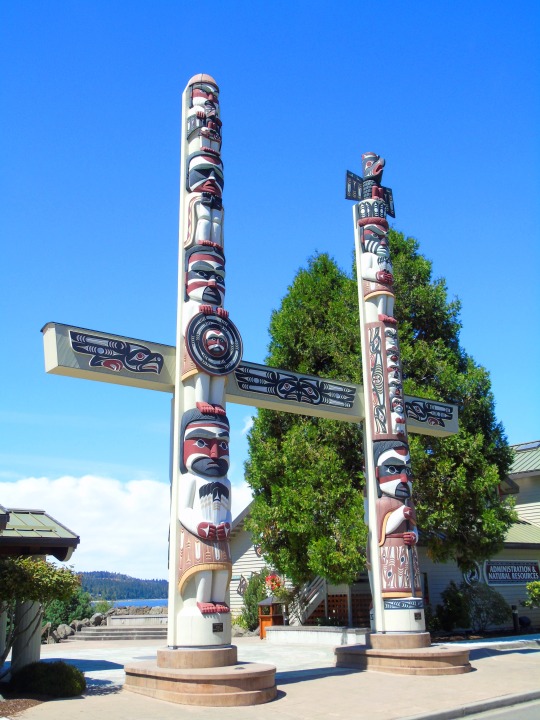


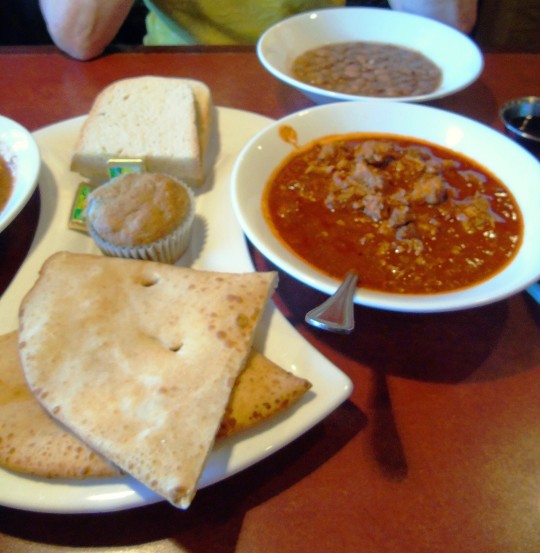


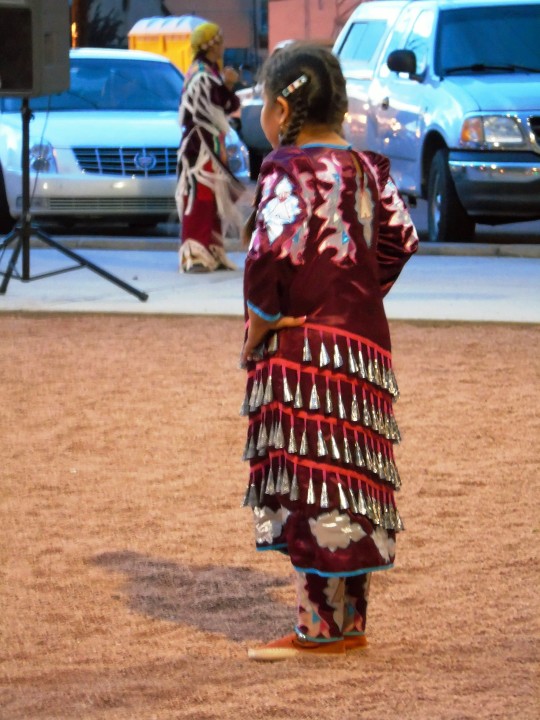
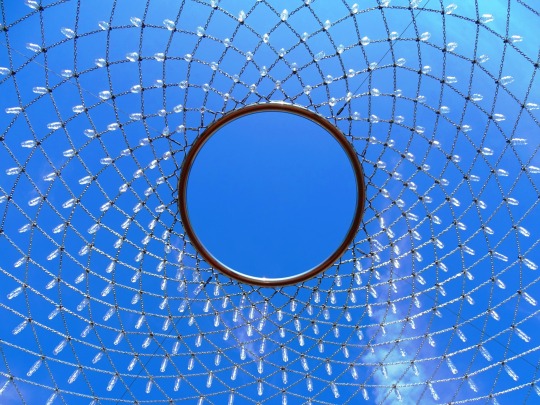

International Day of The World's Indigenous People
The International Day of the World’s Indigenous People on August 9 pays tribute to the indigenous communities of the world. The latest data reveals that there are about 370 to 500 million indigenous people living in 90 countries. These communities are noted to have their own unique set of languages, traditions, cultures, and governing systems. For many indigenous groups, the systems that their ancestors have followed for centuries have stood the test of time by serving them with positive outcomes to date. Many indigenous people’s special bond and connection with nature have also led to the protection of the general environment. However, on the other side, several indigenous communities face difficulties due to a central government’s covert and overt attempts to control their lives. This has led to indigenous people’s rights violations where they would have otherwise ensured peaceful and harmonious lives for them.
History of International Day of The World's Indigenous People
The first International Day of the World’s Indigenous People was officially celebrated in August 1995. The day had been brought into existence when the 49/214 resolution was passed by the U.N. General Assembly on December 23, 1994. August 9 was chosen as the commemorative date because that was when the first meeting of the U.N. Working Group on Indigenous Populations of the Sub-Commission on the Promotion and Protection of Human Rights was held. Every year, the day is honored by governments and organizations holding education forums and conferences to meet and discuss the social issues faced by indigenous groups worldwide. People are also given information on any ongoing and/or upcoming activities and projects that are being undertaken to help the target communities. Every year, the theme changes to shed light on a pressing topic, and the theme for the year 2021 was ‘Leaving no one behind: Indigenous peoples and the call for a new social contract.’
The social contract theme is a call for accountability in the general populations’ interaction with the indigenous communities and their resources. Over the years, many indigenous groups have found themselves to be on a disadvantageous terrain in the face of urban development projects that have destroyed and denigrated their lands and territories. The central governments and builders involved in such projects never sought permission from or even spoke with the indigenous communities before they took the developmental steps. Organizations and agencies like the U.N. and UNESCO have made efforts for constitutional/legislative reforms for dominant indigenous groups. Yet, the efforts must be focussed on bringing everyone together in the cause, leaving none behind.
International Day of The World's Indigenous People timeline
1982 First U.N. Meeting on Indigenous People
The U.N. holds the first meeting on indigenous people by forming the U.N. Working Group on Indigenous Populations of the Sub-Commission on the Promotion and Protection of Human Rights.
1995 International Day of the World’s Indigenous People
The first International Day of the World’s Indigenous People is celebrated by the U.N. General Assembly.
2005 - 2015 Indigenous People’s Decade
The U.N. proclaims 2005 to 2015 to be the ‘Decade of Action and Dignity’ for the indigenous communities.
2019 Indigenous Languages Year
After a startling 2016 report on the danger of more than 2,000 indigenous becoming extinct, the U.N. declares 2019 to be the International Year of Indigenous Languages in order to create awareness.
How To Observe International Day of the World’s Indigenous People
Learn about indigenous groups
Learn an indigenous language
Stand by indigenous groups
History related to indigenous people is always interesting to read and learn about. They have their own sets of beliefs, customs, languages, and cultures. Their daily lifestyles are also often connected with nature, be it animals, trees, certain plants, or lakes/rivers.
The U.N. declared the years 2022 to 2032 the decade for indigenous languages. The goal is to bring to attention the dying languages, since most of them are not taught in schools or are used by the general public. Losing a language is losing an important facet of the history and culture of a people.
The best way to celebrate this day and the rest of the year is by vowing to stand by indigenous groups. The indigenous people have the right to freely choose however they wish to live, much like any other living being on this planet. Protecting their rights also in turn protects your rights in the long run.
5 Interesting Facts About Indigenous People
80% of the world’s biodiversity
4,000 indigenous languages
High poverty rates
Short life spans
Leaders in protecting the environment
Around 80% of the world’s biodiversity is in places where indigenous groups are living.
The 5,000 indigenous communities in the world are credited with having about 4,000 languages.
While the indigenous communities account for only 5% of the world’s population, they make up 15% of the world population that is living in poverty.
Indigenous communities, due to a lack of awareness, have shorter life spans as they die of preventable diseases like malaria and H.I.V.
Studies have shown that the fauna and flora, and biodiversity thrive and flourish where indigenous people reside.
Why International Day of the World’s Indigenous People is Important
It’s a celebration of indigenous people
It’s a celebration of indigenous languages
It’s a celebration of the freedom to live
Indigenous people form an essential and crucial part of not only our planet’s history, but also how human beings have come to make systems to lead fruitful lives. The indigenous people’s cultures, customs, and traditions are interesting to learn about for their uniqueness and for what they teach us about the universe and the bigger picture.
Language, at its core, builds the identity of a people. The involvement of the different phonetics, grammar rules, and formal/informal styles can tell one a lot about where a community has come from, and how their history has shaped them. The same is the case with indigenous languages. The problem lies in their endangerment, and this is why we must strive to preserve them.
The freedom to practice our rights on a piece of land that has shaped our communities for centuries should not be taken away from anyone. The freedom to practice our customs, traditions, and general lifestyles is another important aspect of living a worthwhile life. For these very reasons and many others, we should join indigenous people in their right to live and flourish however they like.
Source
#Wabanki Canoe#International Day of the World’s Indigenous People#USA#9 August#original photography#native american#Washington#Main#travel#vacation#Canada#Founding Fathers by Dale Faulstich#Jamestown S'Klallam Tribe#Anishinaabe Scout by Hamilton MacCarthy#Ottawa#Vancouver#Klahowya Village#Montezuma Castle National Monument#native american food#Navajo#Diné#El Castillo#Chichén Itzá#Mexico#Lower Fort Garry National Historic Site of Canada#The Gather-Ring by Manuel Báez and Charlynne Lafontaine#InternationalDayofTheWorld'sIndigenousPeople
99 notes
·
View notes
Photo







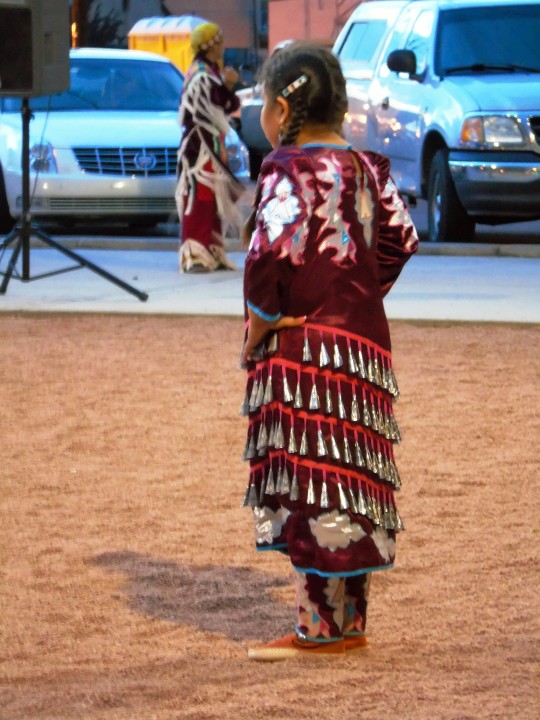
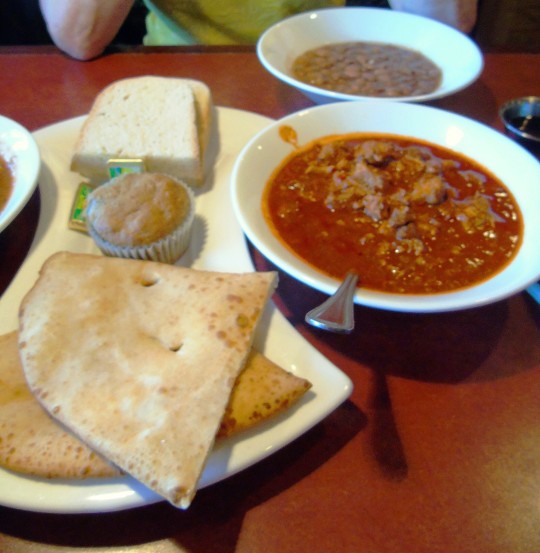

Indigenous Peoples’ Day
Appreciating and paying respect to the unique heritage and culture of those whose origins are native to the Americas, Indigenous Peoples’ Day offers the opportunity to honor, learn, celebrate and raise awareness.
History of Indigenous Peoples’ Day
Honoring Native American people throughout the United States, Indigenous Peoples’ Day was first officially celebrated in the US in 2021, when US President Joe Biden became the first president to formally recognize the day. However, the idea for the day goes back much further.
In 1977, the United Nations in Geneva, Switzerland sponsored the International Conference on Discrimination Against Indigenous Populations in the Americas. Part of the purpose was to begin celebrating Indigenous Peoples’ Day, particularly with the idea of replacing the adoration and glorification of Christopher Columbus with recognition and acknowledgement of the native peoples of the land.
Columbus Day, which is an American holiday, falls on the second Monday of October in the United States, has been less revered in recent years. This is likely due to the fact that the indigenous peoples of the time had their lands and lives taken away from them by the settlers from Europe, and the American people are becoming more aware of the way history has been written only from the perspective of the white person.
In exchange for Columbus Day, many people in the United States have begun the celebration of Indigenous Peoples Day instead. Coinciding with the 500th anniversary of the arrival of Christopher Columbus on American soil, a celebration of Indigenous Peoples’ Day was organized on October 12, 1992 in Berkeley, California. Many other cities and towns have accepted and implemented something similar in their communities, including places such as Los Angeles, California and Washington, DC.
At least twelve of the United States do not celebrate Columbus Day, and the state of South Dakota celebrates Native American Day instead. Tribal governments in Oklahoma have also made declarations regarding the celebration of Native American Day.
How to Celebrate Indigenous Peoples’ Day
A wide spectrum of ways for Americans to celebrate Indigenous Peoples’ Day can be discovered and created. Consider implementing some of these ideas in honor of the day, or come up with some of your own clever ideas:
Attend an Indigenous Peoples’ Day Event
Those who have a family history as a Native American or other indigenous people should certainly take this time to celebrate their heritage! And those who don’t can definitely take the opportunity to support and enjoy learning more.
For people who live in certain places where the populations of indigenous peoples groups are strong, like Arizona, California, Oklahoma, South Dakota and many other states, it is likely that some exciting events, educational programs and celebrations will be on the calendar! Join in on a parade, learn a native craft, or listen to a lecture on history.
Even better, brush up on current events of the indigenous peoples in the local area to see what ways it is possible to learn more about their plight, make a donation or even act as an advocate to raise awareness in the community.
Re-Learn United States History
With the recognition that history over the first 200 years of the United States was written from the perspective of the white person, perhaps National Indigenous Peoples’ Day would be a time, especially for white Americans, to consider a different perspective. Get beyond what was taught in school and get educated on how the story actually happened before the territory of what is now the United States was settled.
Read some books, watch some documentaries and do some research on websites to find out more. Consider some of these books for getting more educated:
An Indigenous Peoples’ History of the United States by Roxanne Dunbar-Ortiz
Lies My Teacher Told Me: Everything Your American History Book Got Wrong by James W. Loewen
The People: A History of Native America by R. David Edmunds
A True History of the United States: Indigenous Genocide, Radicalized Slavery, Hyper-Capitalism, Militarist Imperialism and Other Overlooked Aspects of American Exceptionalism by Daniel Sjursen
Support an Indigenous People Artist or Community
Often revered for their creativity and attention to detail, many indigenous people tribes produce artwork and handicrafts that are valuable and beautiful. Consider making a trip to a place that supports the arts of native peoples and make a purchase of pottery, blankets, jewelry, painting or some other amazing piece of art to add to your collection.
Visit an Indigenous Peoples’ Museum
Take the hands-on approach to learning more about the people who first inhabited the Americas by visiting a museum or exhibit dedicated to their culture and people. Try out one of these or visit one more local to the area:
Museum of Indigenous People (formerly the Smoki Museum). Located in Prescott, Arizona, this museum works to instill understanding and respect for the people of indigenous cultures, particularly those in the southwestern parts of the United States. The museum holds events, offers membership and even hosts a consignment market.
National Museum of the American Indian. This Smithsonian museum boasts two locations, one in the Washington DC mall and one in New York City. They offer access to various collections and exhibits as well as educational programs, online resources, and presentations with the intent to pay respect and honor to the native and indigenous peoples of the Americas.
Heard Museum. Situated in a vitally important place for Native Americans, this Phoenix, Arizona location focuses on the tribes and people of the Southwest. Exhibitions include handicrafts such as weaving and textiles as well as jewelry, clothing and more. Ages range from prehistoric to contemporary and everything in between. The Heard Museum is also the place where the World Hoop Dance Championship takes place each year!
The Eiteljorg Museum. Located in the center of Indianapolis, Indiana, this museum showcases paintings, sculptures, weaving, pottery, artifacts and even evidence of storytelling. With festivals, educational programs, events and even an annual Indian market, this museum is a fun one to visit and learn.
Source
#Monument Valley Navajo Tribal Park#Mesa Verde National Park#vacation#USA#Native American history#Indigenous Peoples’ Day#10 October 2022#second Monday in October#IndigenousPeoplesDay#original photography#travel#petroglyphs#Dinosaur National Monument#Jamestown S'Klallam Tribe#Navajo#Diné#Wabanki Canoe#Klahowya Village#Montezuma Castle National Monument#architecture#tourist attraction
2 notes
·
View notes
Photo

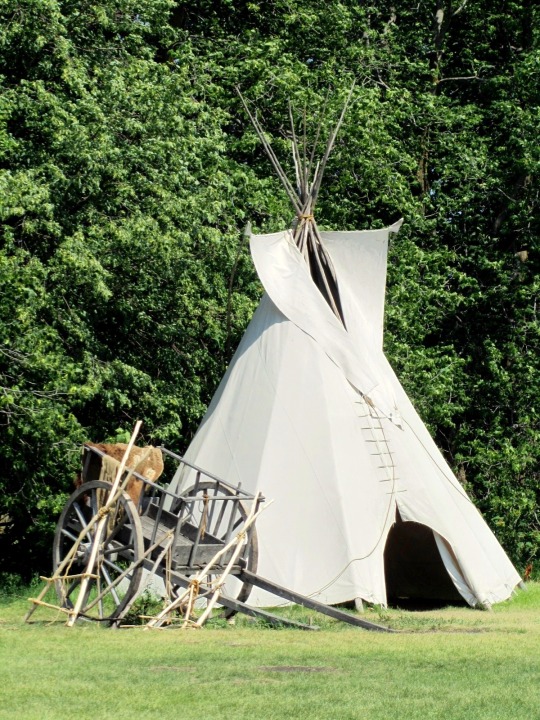



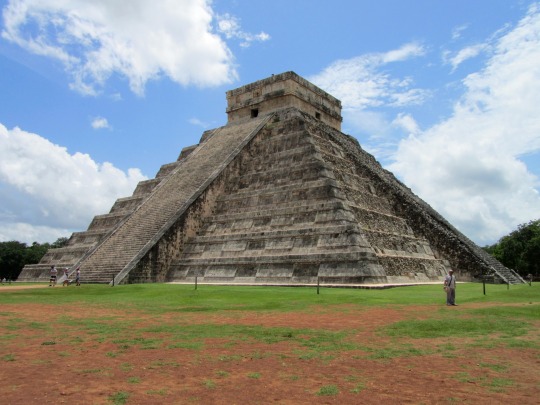

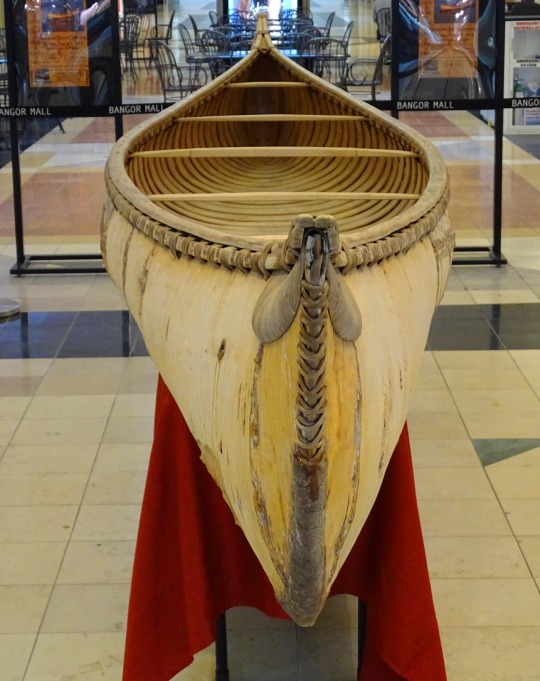

International Day of the World’s Indigenous People
There are an estimated 370 million indigenous people in the world, living across 90 countries. They make up less than 5 per cent of the world’s population, but account for 15 per cent of the poorest. They speak an overwhelming majority of the world’s estimated 7,000 languages and represent 5,000 different cultures.
Indigenous peoples are inheritors and practitioners of unique cultures and ways of relating to people and the environment. They have retained social, cultural, economic and political characteristics that are distinct from those of the dominant societies in which they live. Despite their cultural differences, indigenous peoples from around the world share common problems related to the protection of their rights as distinct peoples.
Indigenous peoples have sought recognition of their identities, their way of life and their right to traditional lands, territories and natural resources for years, yet throughout history their rights have always been violated. Indigenous peoples today, are arguably among the most disadvantaged and vulnerable groups of people in the world. The international community now recognizes that special measures are required to protect their rights and maintain their distinct cultures and way of life.
In order to raise awareness of the needs of these population groups, every 9 August commemorates the International Day of the World’s Indigenous Peoples, chosen in recognition of the first meeting of the UN Working Group on Indigenous Populations held in Geneva in 1982.
Source
#International Day of the World’s Indigenous People#9 August#Vancouver#InternationalDayOfTheWorldsIndigenousPeople#Canada#USA#travel#BC#Lower Fort Garry National Historic Site of Canada#Navajo#Mexico#Chichén Itzá#Montezuma Castle National Monument#original photography#Anishinaabe Scout by Hamilton MacCarthy#Ottawa#Bangor#Wabanki Canoe#Jamestown S'Klallam Tribe#Founding Fathers by Dale Faulstich
41 notes
·
View notes
Photo










National Day of Mourning
United States history dictates the vast amounts of immigration and colonization that exceeded European Imperialism. However, Native Americans who have suffered at the loss of their homelands recognize this mourning.
So, since 1970, participants have created an annual protest called the Day of Mourning to honor Native ancestors and their struggles to survive today. While the holiday coincides with Thanksgiving, the goal of this day is to educate people about Native American history.
History of Day of Mourning
While the story of Thanksgiving tells about a mutual benefit between the Pilgrims and Native Americans, this holiday tells a different side of history. The United American Indians of New England (UAINE) created this holiday to publicize the democide and misrepresentation of Native Americans.
The UANIE is a Native-led, self-supporting organization advocating for the recognition of struggles of Native Americans and political prisoners.
The day was founded based off of an experience one Native had. According to their website, Wamsutta, an Aquinnah Wampanoag man, had been asked to speak at a fancy Commonwealth of Massachusetts banquet celebrating the 350th anniversary of the landing of the Pilgrims and asked for a copy of the speech.
Within days Wamsutta was told by a representative of the Department of Commerce and Development that he would not be allowed to give the speech. Since then, UANIE asks participants to partake in the Day of Mourning to understand the racism and oppression they faced, as well as find a spiritual remembrance of those throughout history.
Their main location for their activities takes place in Cole’s Hill, Plymouth, Massachusetts. They invite speakers and march through the Plymouth district in hopes of understanding the truth about history and the misrepresentation of it throughout generations.
How to celebrate Day of Mourning
The UANIE starts with a day of fasting, from sundown to the afternoon of that day to mourn. Then they have political speakers attend and bring food so people can break their fast. Then they march throughout the district to protest.
While it takes place in New England, its message is aimed at America, and anyone all over can participate. Since it takes place on Thanksgiving, while your family gathers together to create feasts, you can take the time to fast beforehand and research Native American history.
While it is centered around Native Americans, people of all races and backgrounds can participate in a Day of Mourning and mourn with them.
Source
#Un monument pour Mary Ann by Jean-Robert Drouillard#Ottawa#Québec#Anishinaabe Scout by Hamilton MacCarthy#National Day of Mourning#USA#NationalDayOfMourning#fourth Thursday in November#26 November 2020#original photography#native american#First Nations#Wabanki Canoe#Montezuma Castle National Monument#Navajo#Diné#Holbrook#Founding Fathers by Dale Faulstich#Jamestown S'Klallam Tribe#Vancouver#Klahowya Village#The Gather-Ring by Manuel Báez and Charlynne Lafontaine
209 notes
·
View notes
Photo







National Canoe Day
National Canoe Day is observed on the June 26 of every year. National Canoe Day is observed in many places in Canada. As experience is not much necessary for this sport, people of all age are welcomed to the events on this day. This day is commonly celebrated in places like Canadian Canoe Museum, the Wooden Canoe Heritage Association, the Peterborough Paddlers Club, Brownsea Base, Trent Severn Waterway Species At Risk, and lot more. This event is usually conducted during the mid-time of the day and is observed with music, artisan demonstrations and other kid’s activities. The canoe is different from Kayak, but for an inexperienced paddler, it will seem the same.
“Paddling a canoe is a source of enrichment and inner renewal.” – Pierre Trudeau
History of National Canoe Day
The Canadian Canoe Museum in 2007 started national Canoe Day. National Canoe Day was a Canadian event and canoe itself will often be called as Canadian Canoe. The museum created this day to celebrate the canoe after canoe was named as one of the Seven Wonders of Canada by popular vote. It was also created with an aim to encourage the participation in Canadian paddle sports. Though it is a Canadian event, this day is observed in many other parts of America, and people across the world are invited to this event.
How to celebrate National Canoe Day
National Canoe Day is celebrated with a ride in the Canoe. You can lend a canoe or take your canoe to a nearby river or to a place where an event is held for paddling, and try your hands on paddling on this day. Making canoe using cardboard is one of the usual activity that happens on this day, where people will make different types of the canoe and will also paint them with their favourite colour. If you are away from Canada, then take your canoe out, gather some friends and family to paddle with them.
Source
#Wabanki Canoe#Birch Bark Canoe#National Canoe Day#NationalCanoeDay#NationalCanoeDayCanada#26 June#Bangor#indoors#Lake Louise#USA#summer 2018#2012#Banff National Park#native american#landscape#countryside#Rocky Mountains#Fairview Mountain#snow#glacier#outdoors#flora#nature#tourist attraction#landmark
1 note
·
View note
Photo




Birch Bark Canoe, Bangor Mall
Many indigenous peoples of the Americas built bark canoes. They were usually skinned with birch bark over a light wooden frame, but other types could be used if birch was scarce. At a typical length of 4.3 m (14 ft) and weight of 23 kg (50 lb), the canoes were light enough to be portaged, yet could carry a lot of cargo, even in shallow water. Although susceptible to damage from rocks, they are easily repaired. Their performance qualities were soon recognized by early European immigrants, and canoes played a key role in the exploration of North America, with Samuel de Champlain canoeing as far as the Georgian Bay in 1615. René de Bréhant de Galinée a French missionary who explored the Great Lakes in 1669 declared: "The convenience of these canoes is great in these waters, full of cataracts or waterfalls, and rapids through which it is impossible to take any boat. When you reach them you load canoe and baggage upon your shoulders and go overland until the navigation is good; and then you put your canoe back into the water, and embark again. American painter, author and traveler George Catlin wrote that the bark canoe was "the most beautiful and light model of all the water crafts that ever were invented."
Source: Wikipedia
#Birch Bark Canoe#bangor mall#interior#maine#original photography#native american#Wabanki canoe#handcrafted#exhibiton#travel#usa#summer 2018#vacation#road trip
3 notes
·
View notes
Photo










Indigenous Peoples’ Day
Indigenous Peoples’ Day celebrates the culture, traditions, history, and contributions of Native Americans, and acknowledges that they were the first inhabitants of the Americas. Taking place on the same day as Columbus Day—the second Monday of October—the holiday also recognizes Columbus’s atrocities and enslavement of Native peoples. A day to rethink history, Indigenous Peoples’ Day exposes the irony of the belief that Columbus is the “discoverer” of the Americas, when people were there before him, and it acknowledges that the colonial takeover of the Americas began with him, which led to millions of deaths and the forced assimilation of Native peoples. Indigenous Peoples’ Day started as an alternative holiday or counter-celebration by those opposed to Columbus, who believe that he represents the violent colonization of the Western Hemisphere.
Indigenous Peoples’ Day is celebrated as an official holiday in many states, cities, towns, and universities. Events such as concerts, lectures, prayer vigils, powwows, rallies, and symposiums are held. Protests of Christopher Columbus sometimes take place. There is often a focus on Native American history in schools on the day. There is also an aim to focus on Native Americans in the present, and not to just see them as part of the past.
The roots of the day go back to 1977, when the International Conference on Discrimination Against Indigenous Populations in the Americas, sponsored by the United Nations, was held in Geneva, Switzerland. There, discussions arose about replacing Columbus Day with Indigenous Peoples’ Day in the United States. In 1989, South Dakota became the first state to honor Native Americans on Christopher Columbus Day, when they instituted Native Americans’ Day on the date. Berkeley, California, became one of the first cities to adopt Indigenous Peoples’ Day, when they started it in 1992, on the 500th anniversary of Columbus’s arrival in the Americas. Various states, cities, and universities have followed Berkeley, and canceled or replaced Columbus Day since.
How to Observe
Observe the day by participating in events related to it taking place in your community, such as concerts, lectures, prayer vigils, powwows, rallies, or symposiums. If your state or city doesn’t officially observe Indigenous Peoples’ Day, you could write to your state and local representatives asking them to consider making such a day official. Another way to mark the day could be to visit a museum dedicated to Native Americans, such as the National Museum of the American Indian (located in both Washington, D.C. and New York City), the Mitchell Museum of the American Indian, or the Museum of Indian Arts and Culture. Other ways to observe the day could include donating to a Native American organization or reading a book on Native Americans or Native American history, such as A Short Account of the Destruction of the Indies, Bury My Heart at Wounded Knee, or An Indigenous Peoples’ History of the United States. A popular book for younger people that explores Christopher Columbus and Native Americans is Rethinking Columbus: The Next 500 Years. You could also watch Bury My Heart at Wounded Knee or another film that focuses on Native Americans.
Source
#Founding Fathers by Dale Faulstich#Jamestown S'Klallam Tribe#Montréal#USA#Montreal First Peoples Festival#11 October 2021#Canada#travel#Indigenous Peoples’ Day#second Monday in October#IndigenousPeoplesDay#Lower Fort Garry National Historic Site of Canada#Klahowya Village#Vancouver#Washington#Stanley Park#Thunderbird House Post#Native American history#Montezuma Castle National Monument#Wabanki Canoe#The Gather-Ring by Manuel Báez and Charlynne Lafontaine#public art#original photography
0 notes